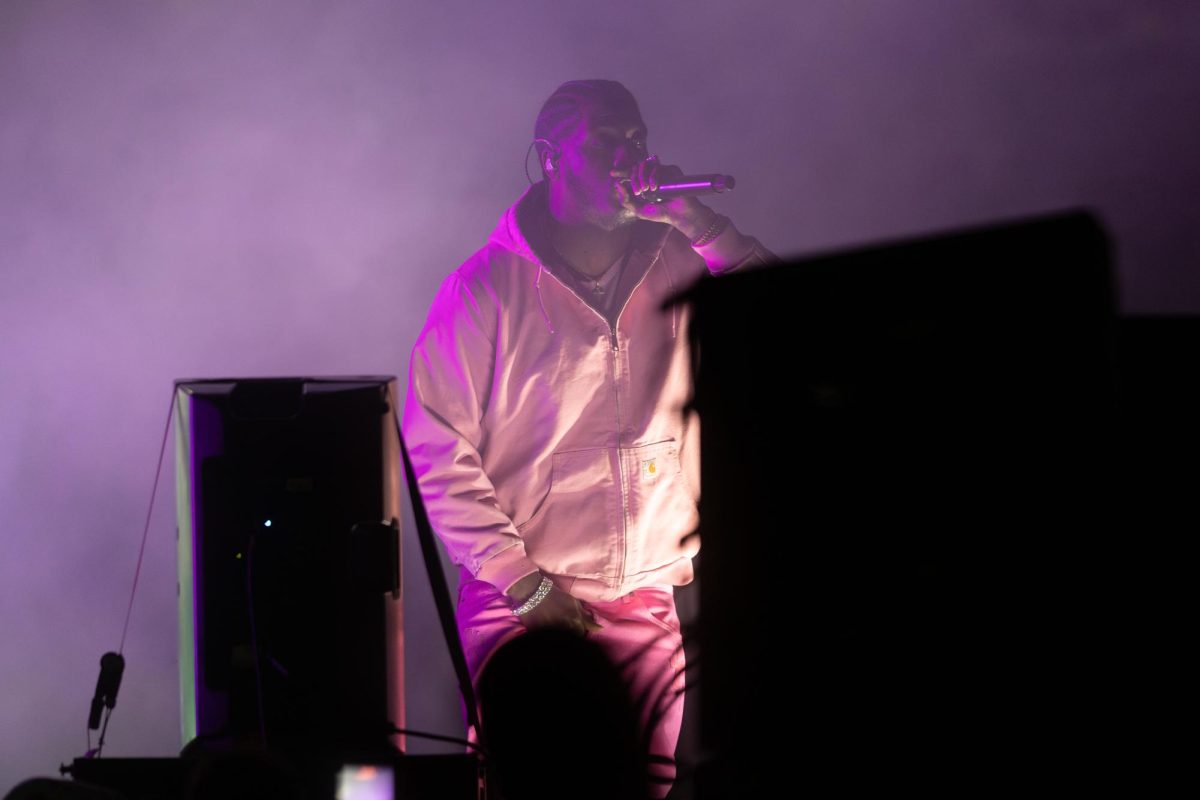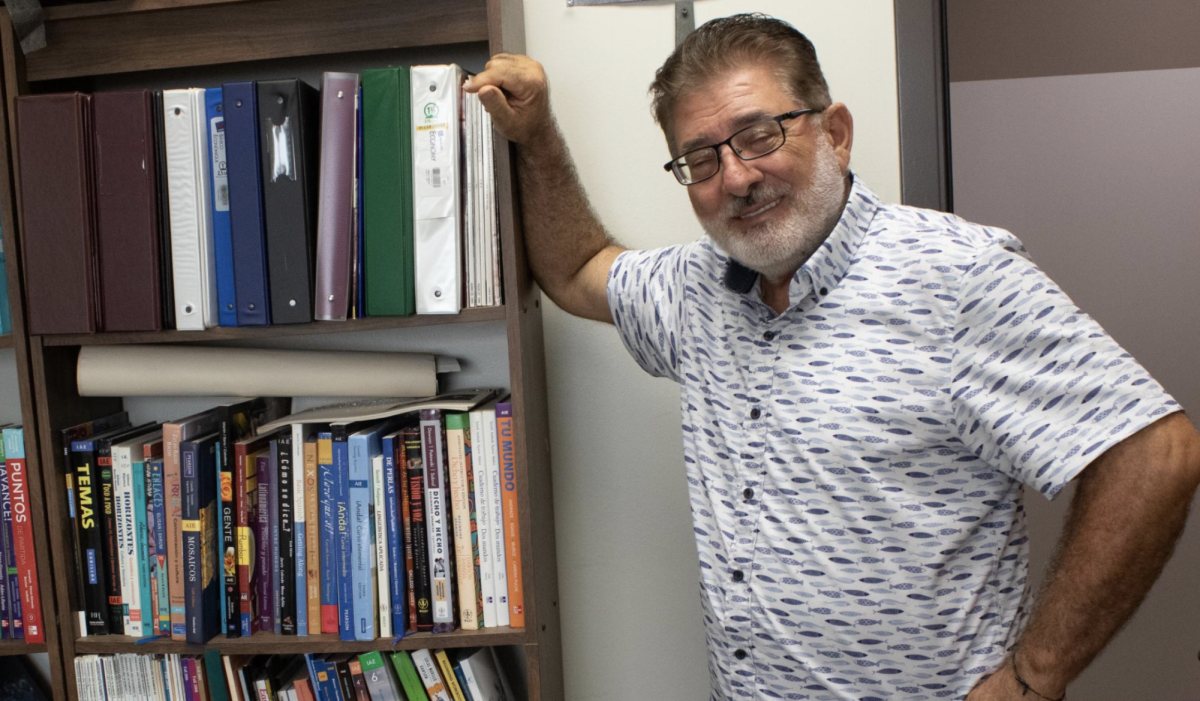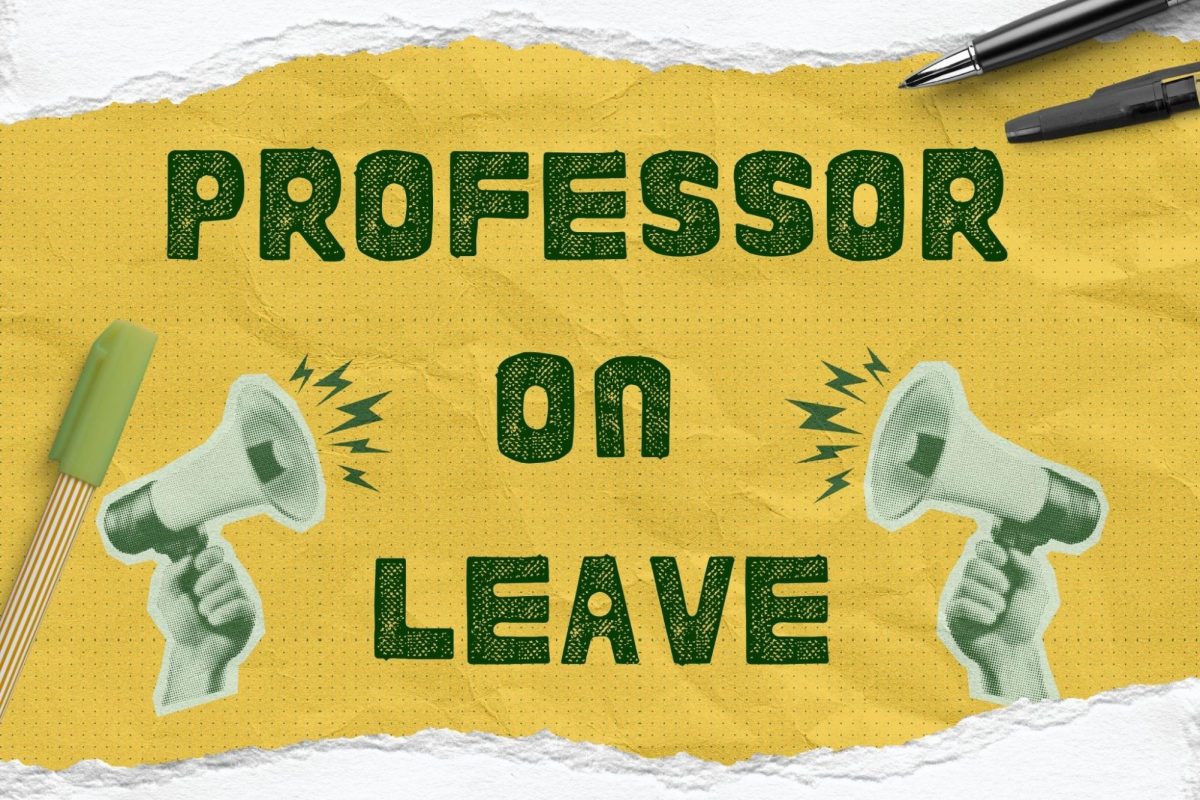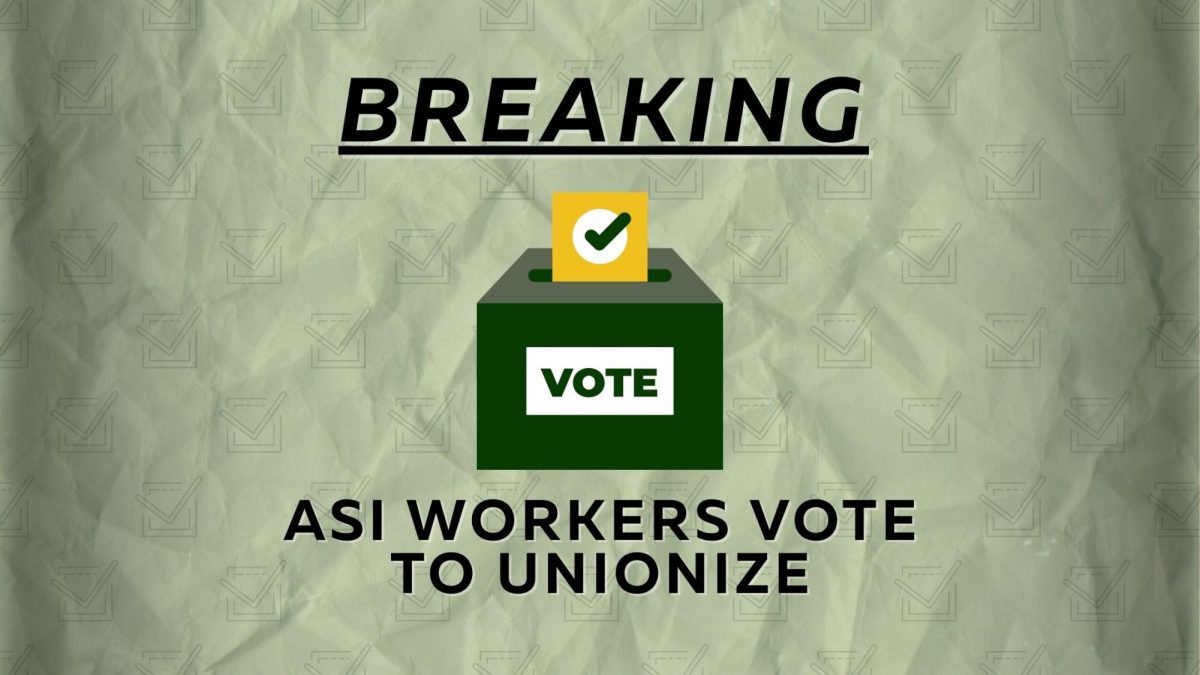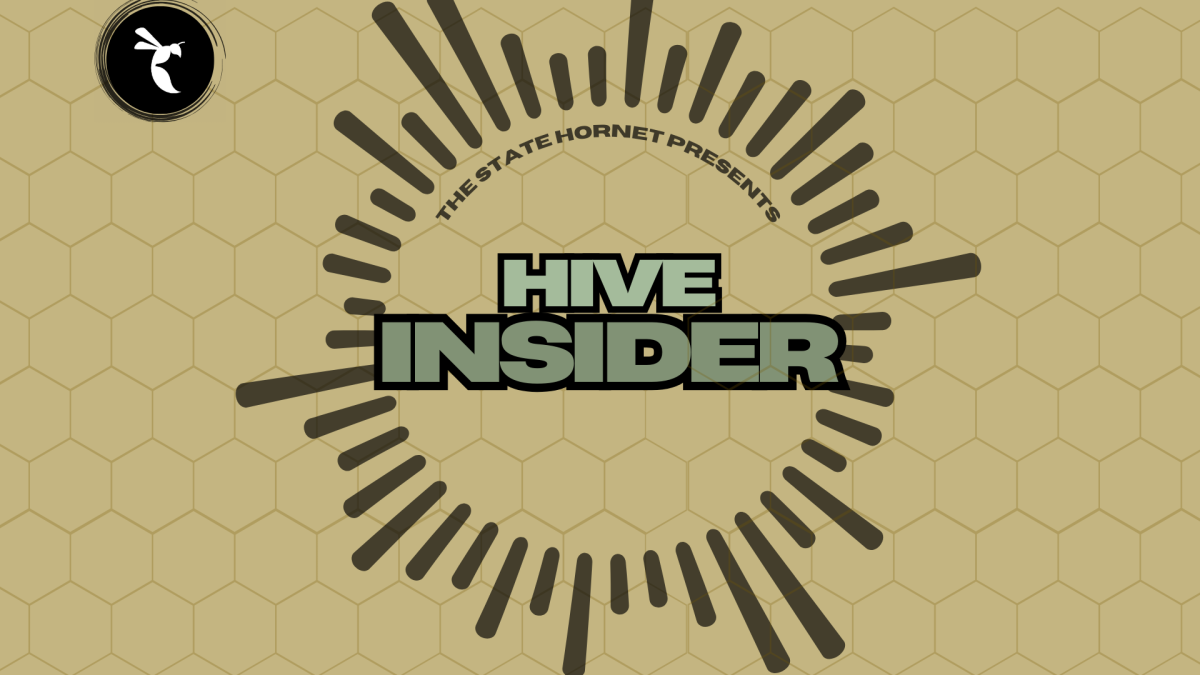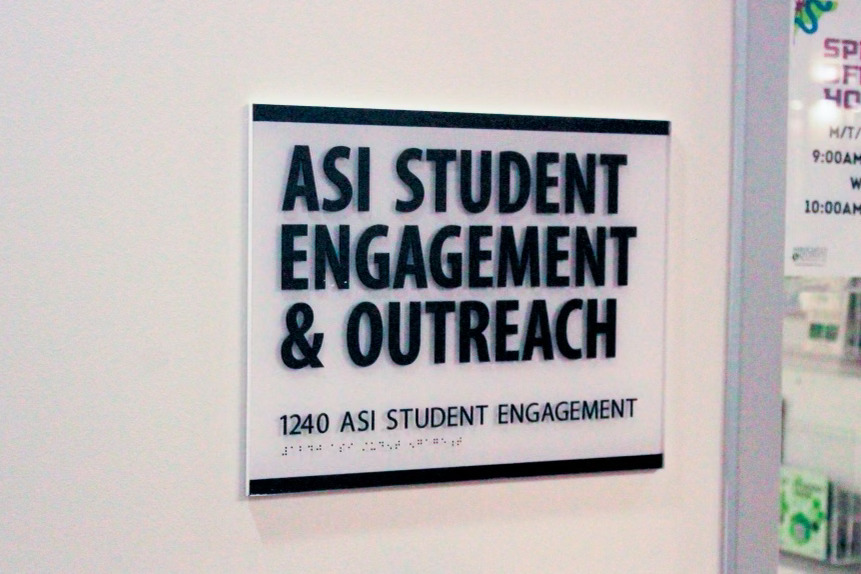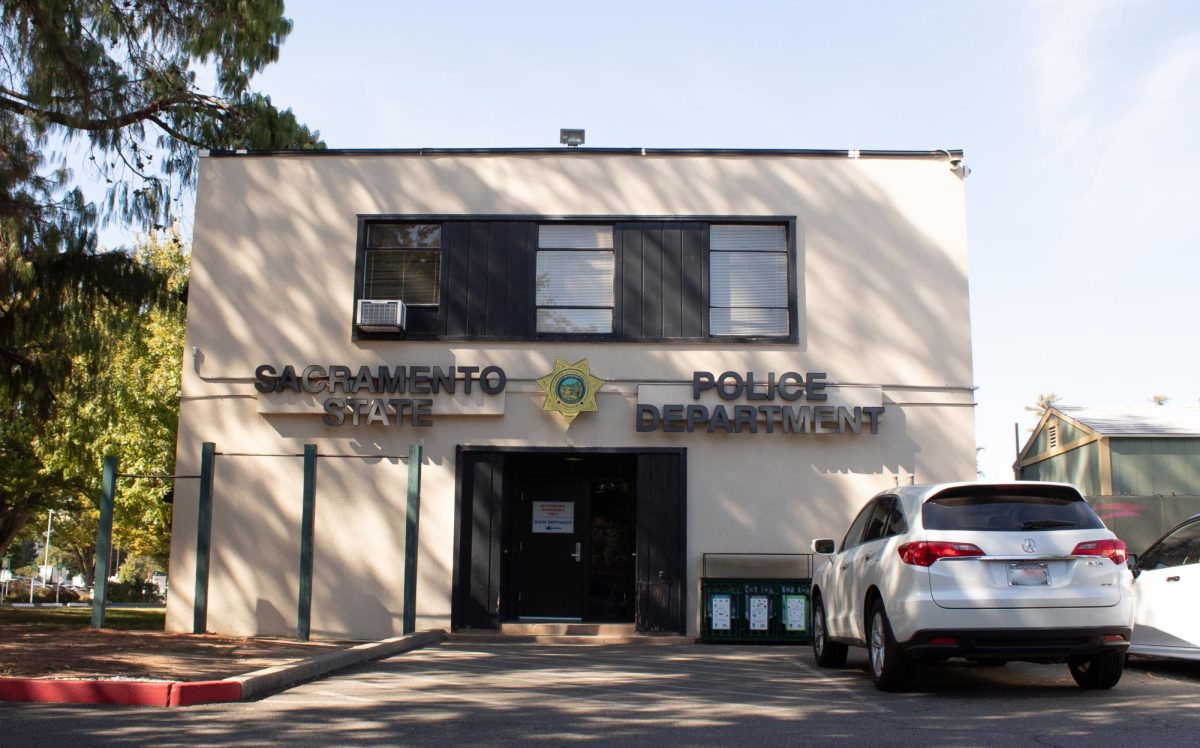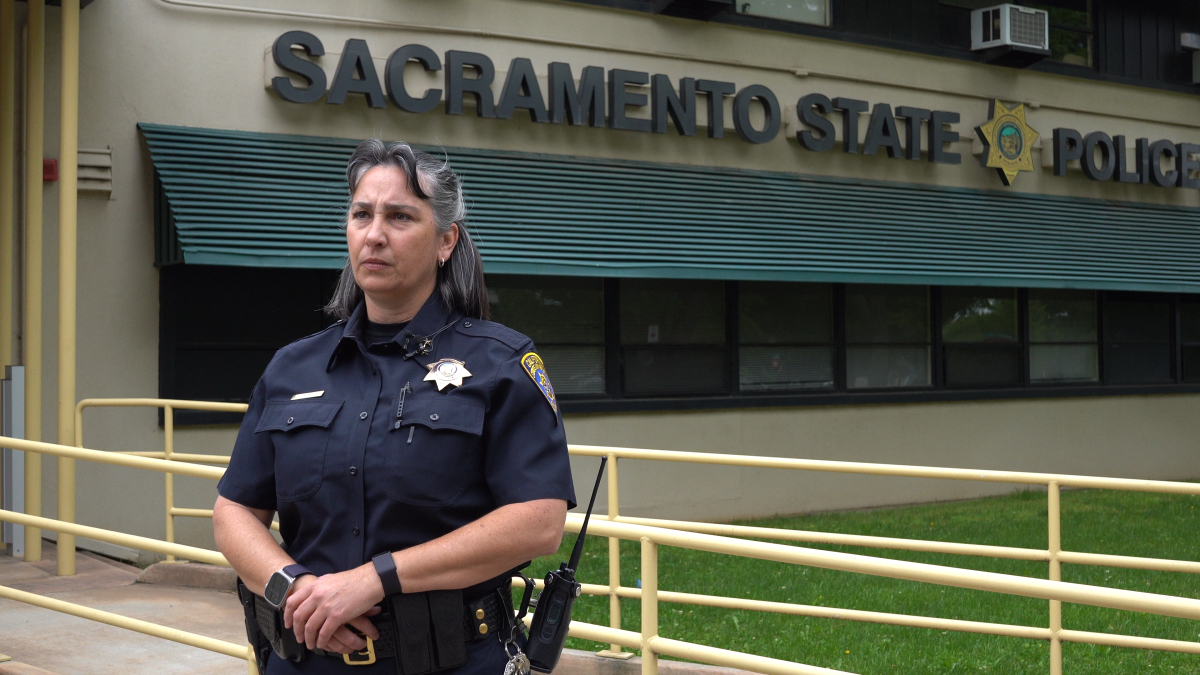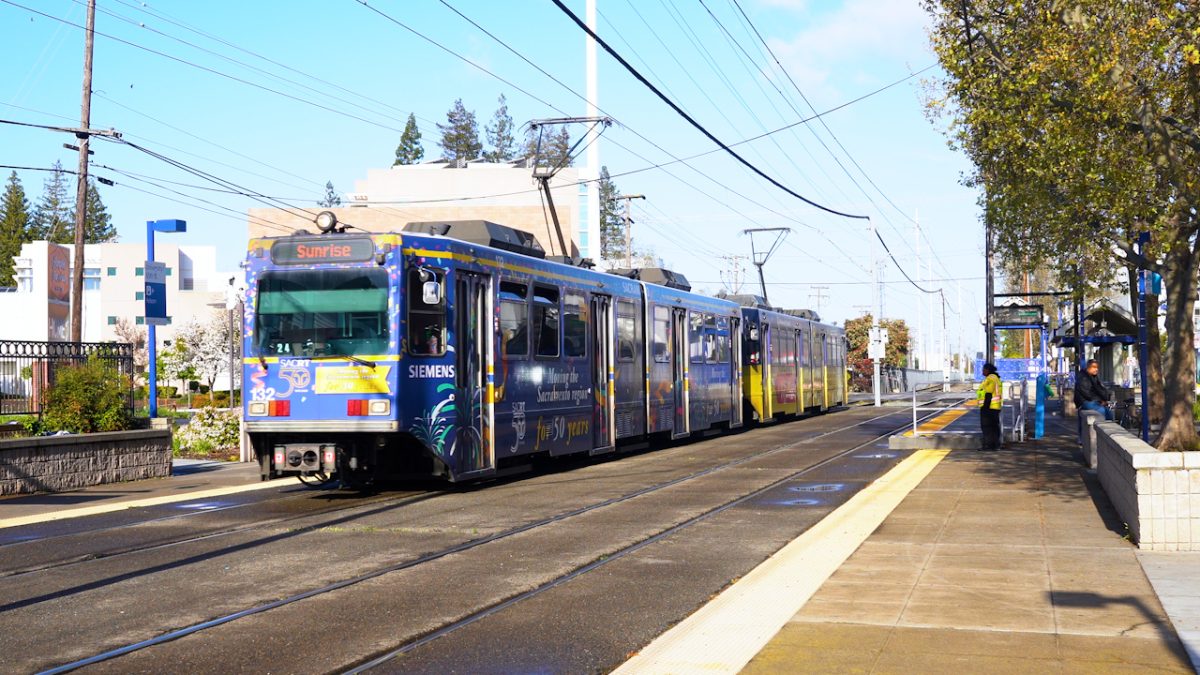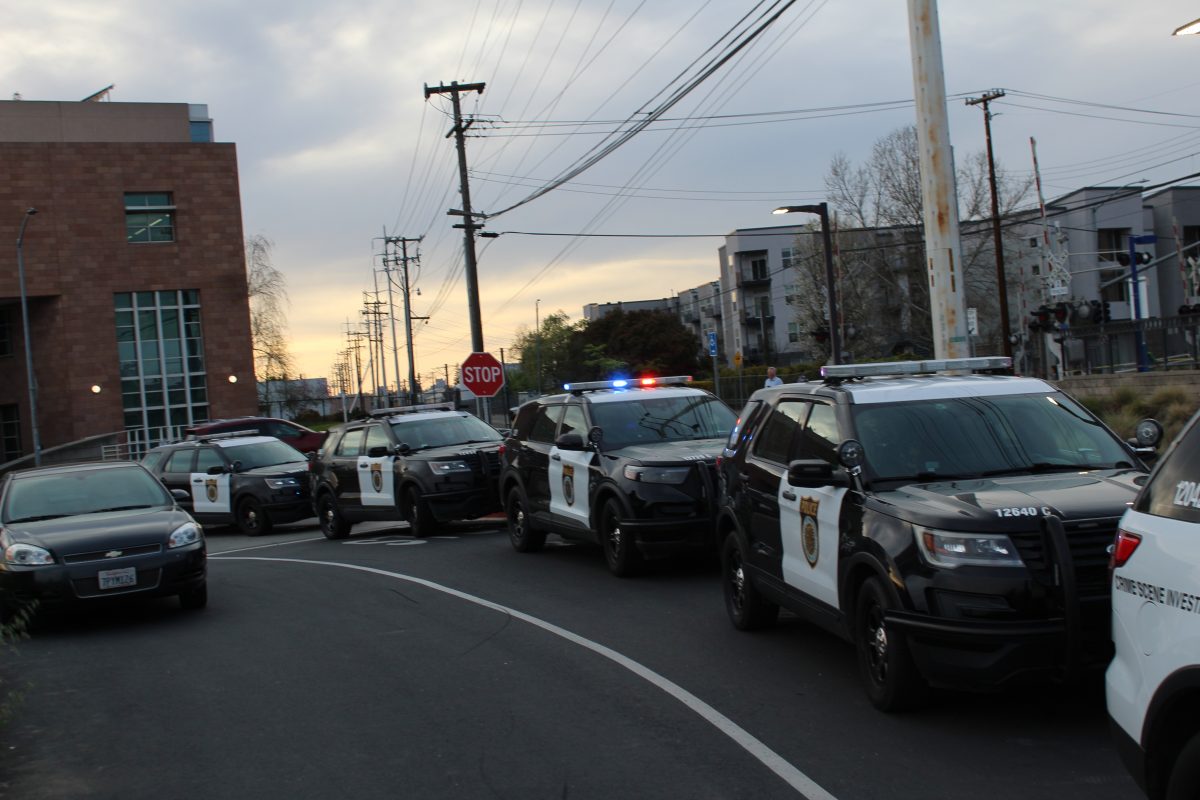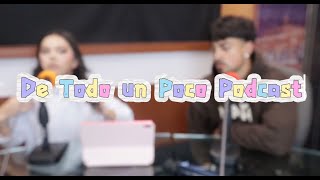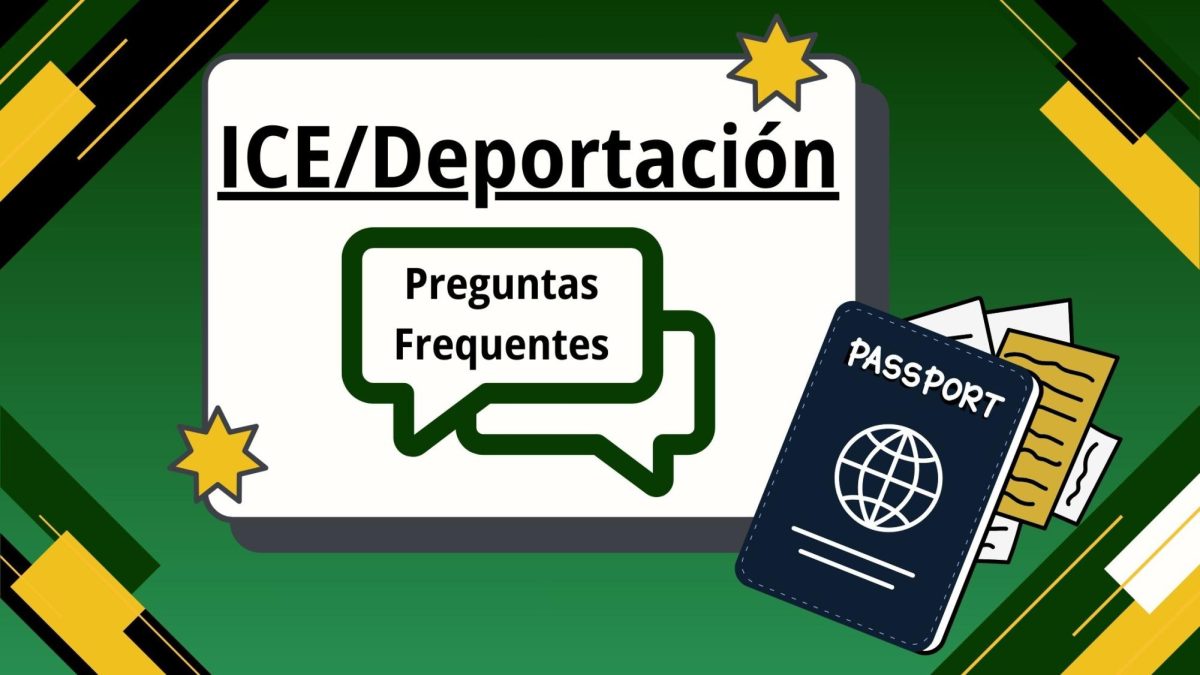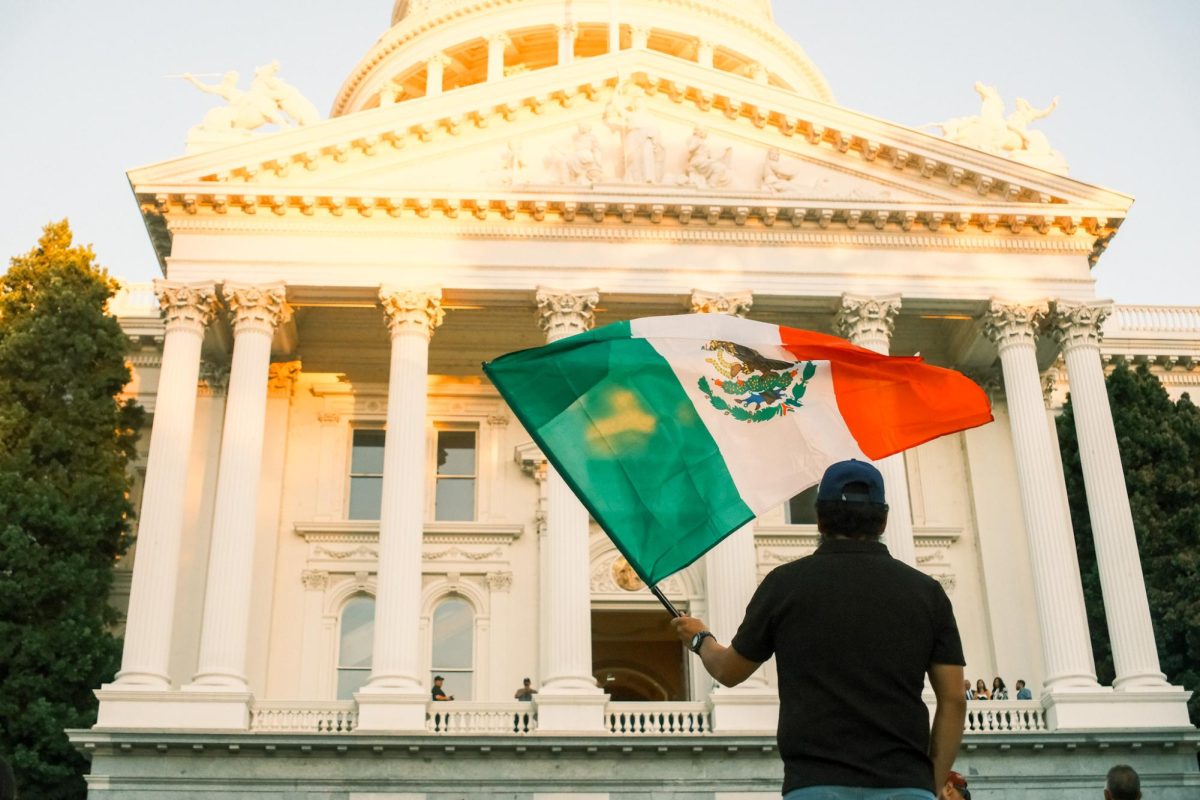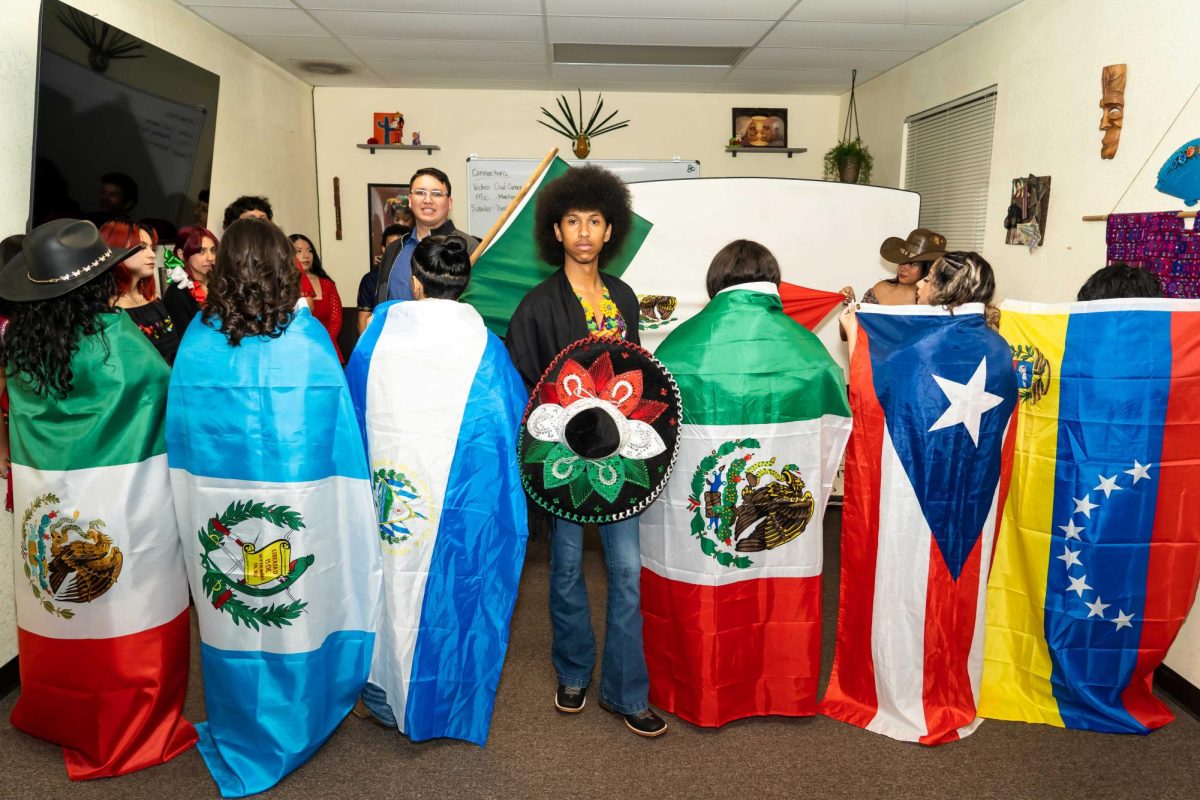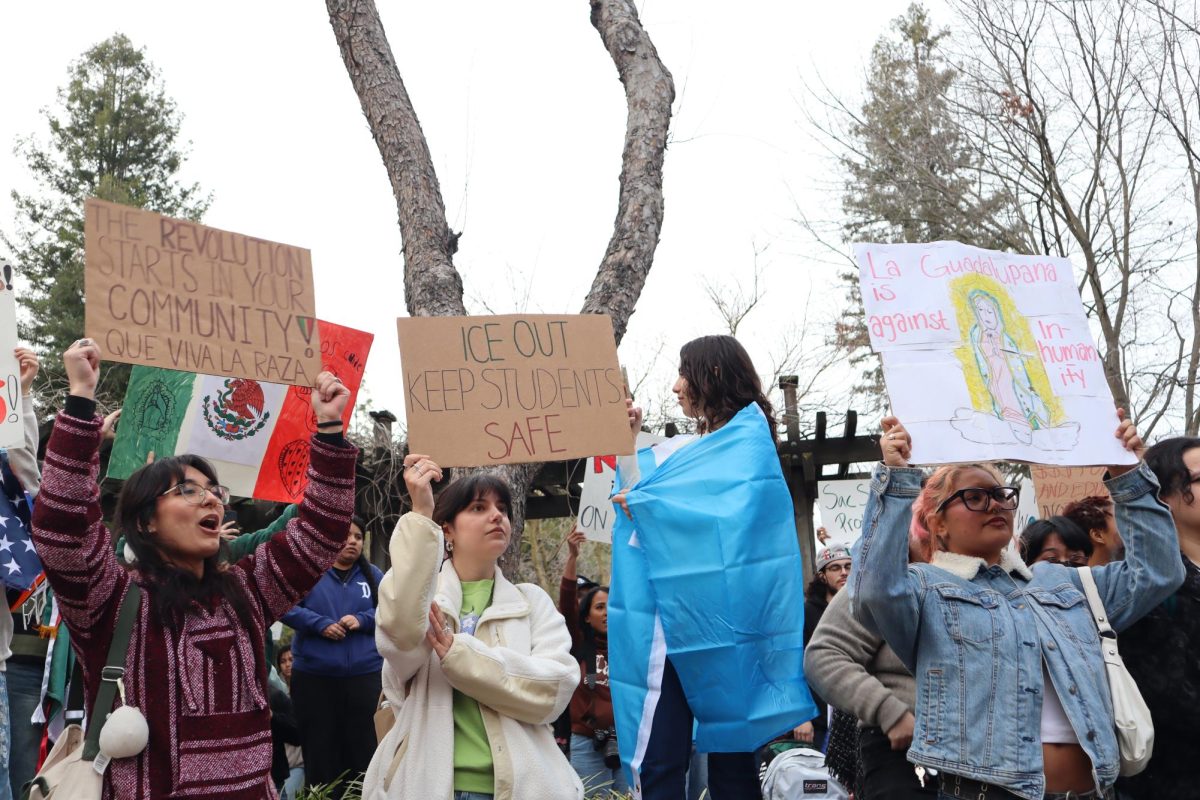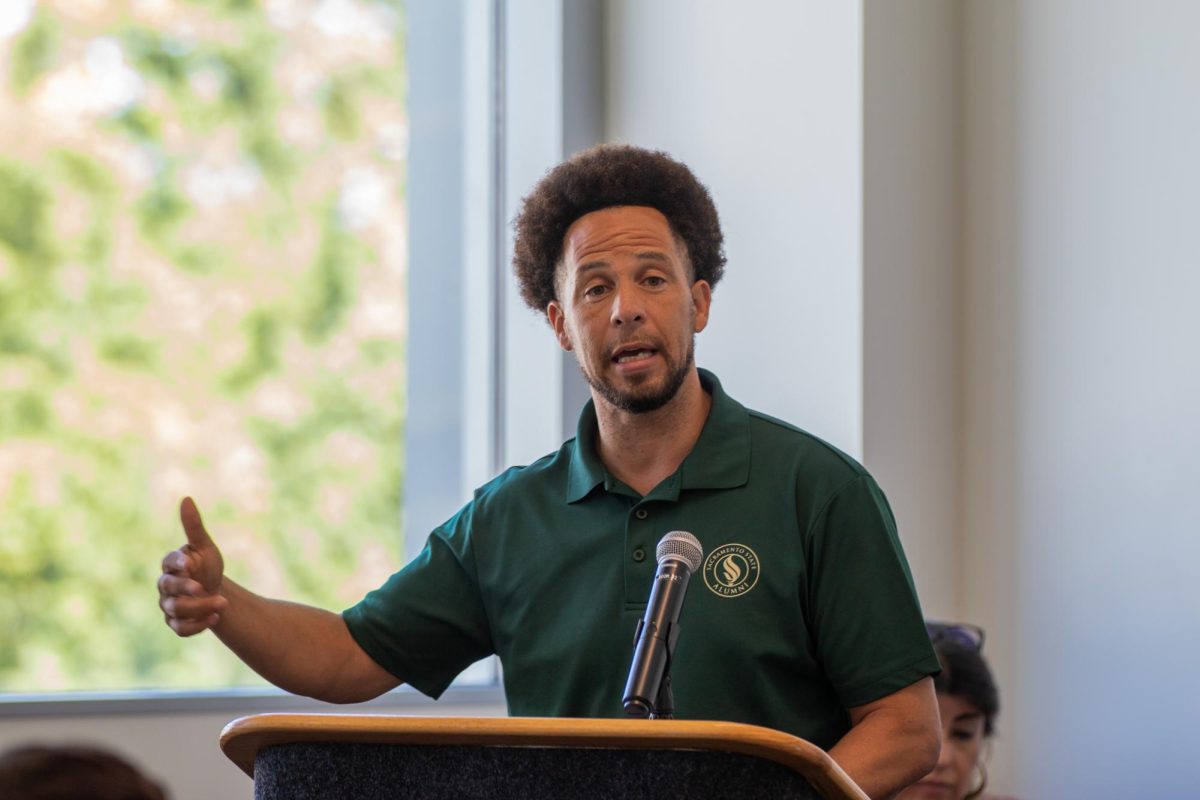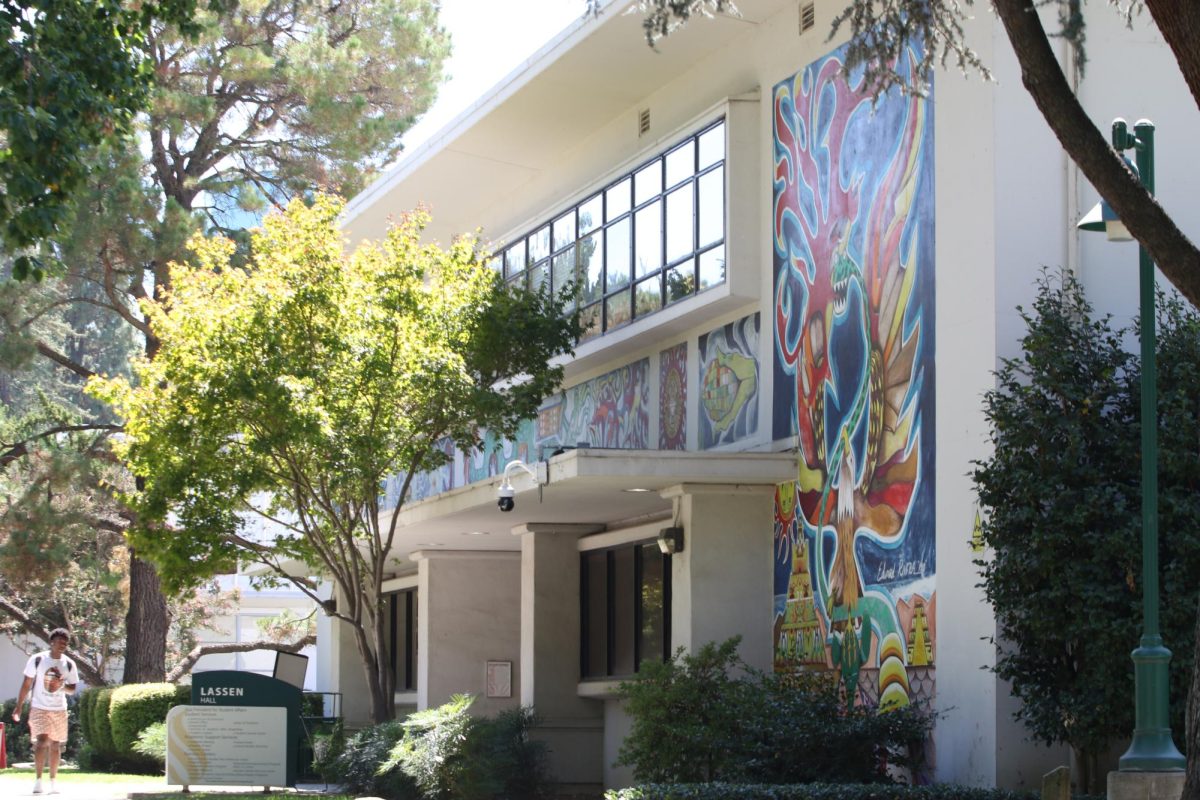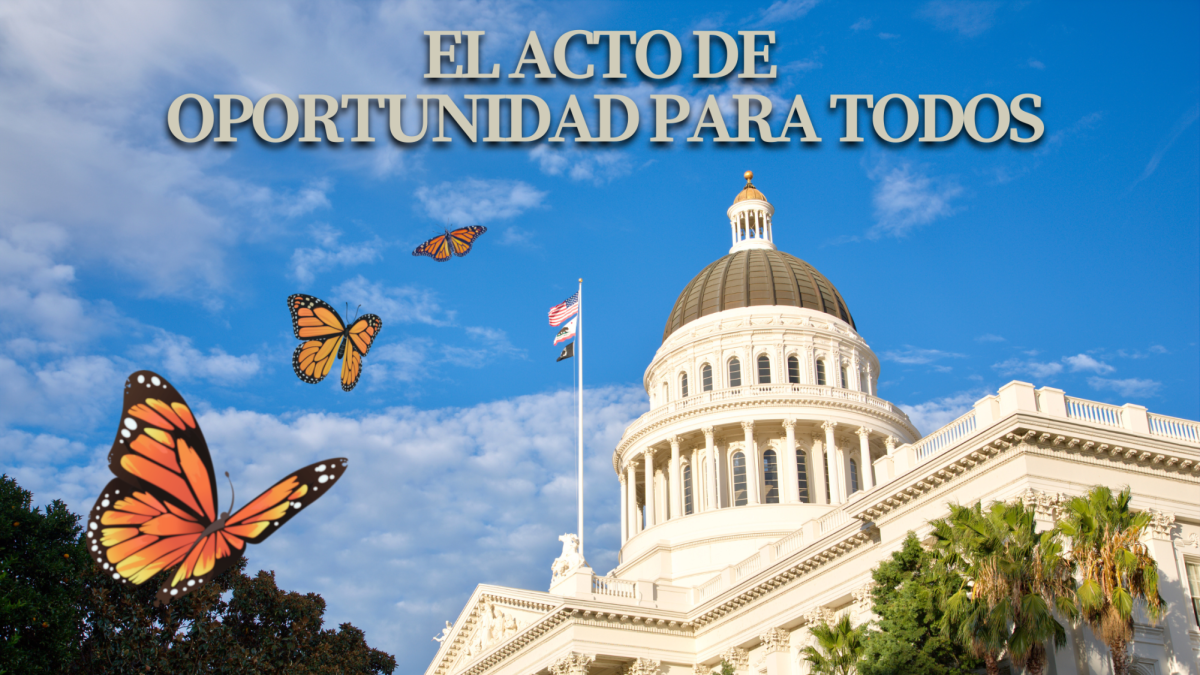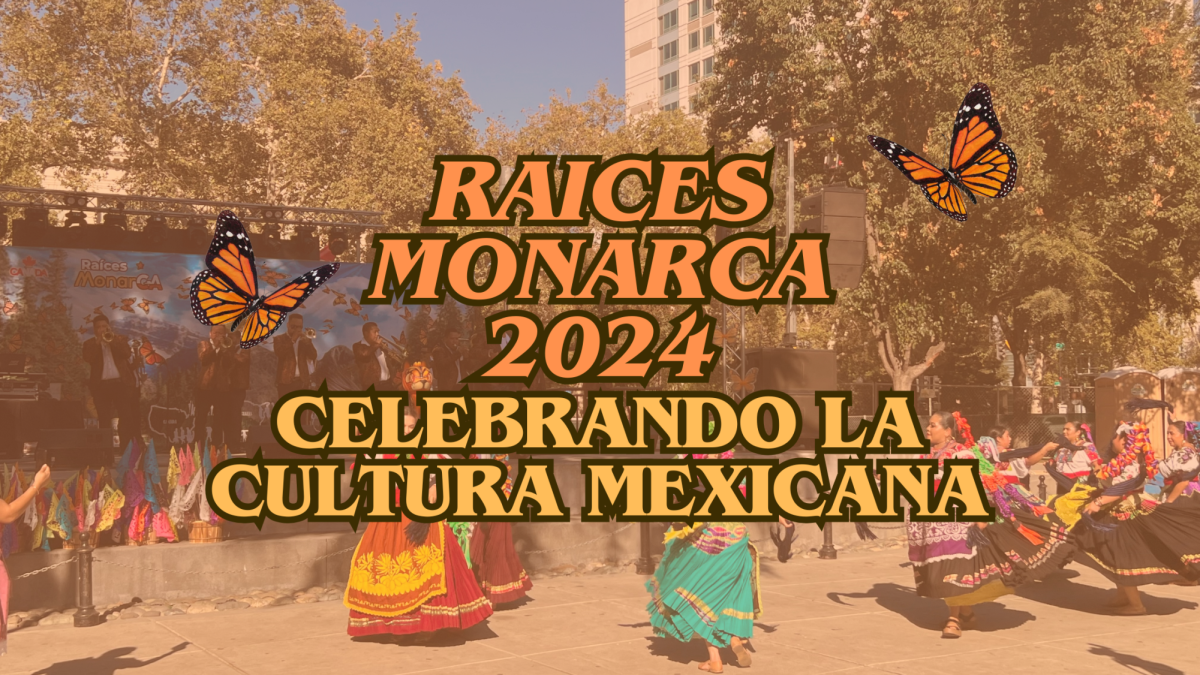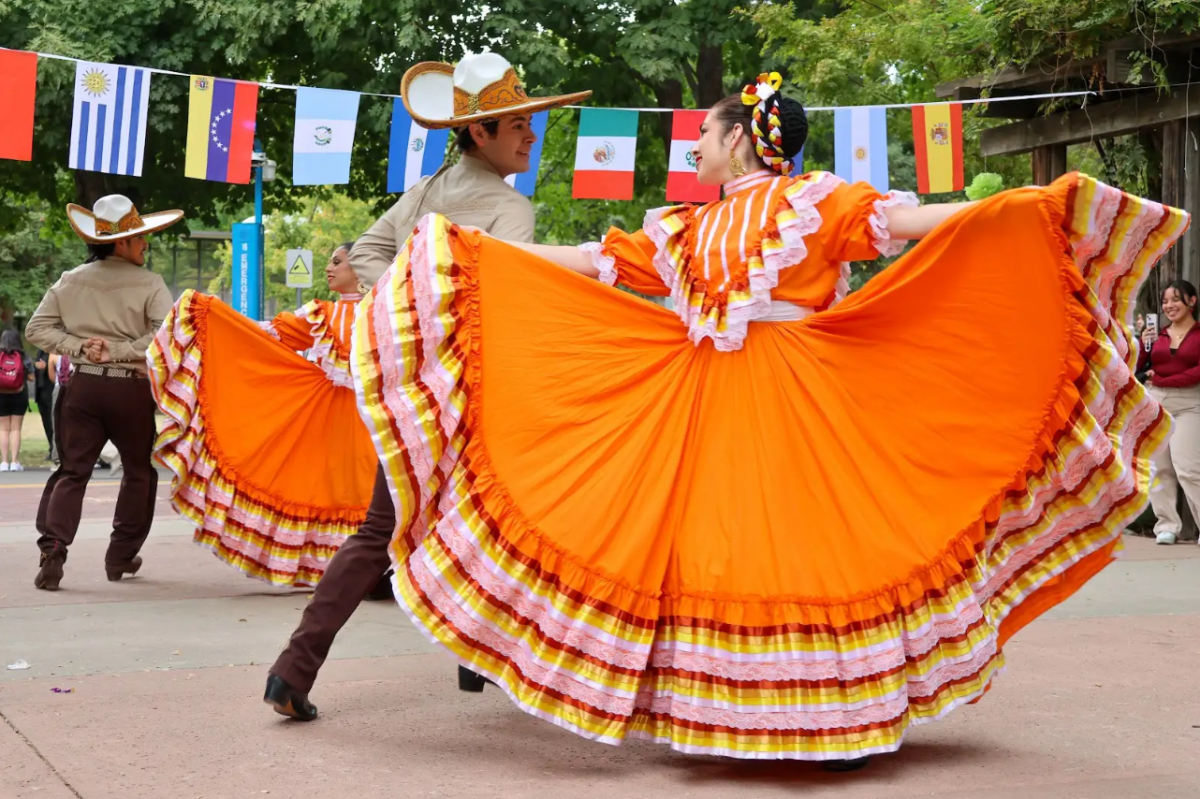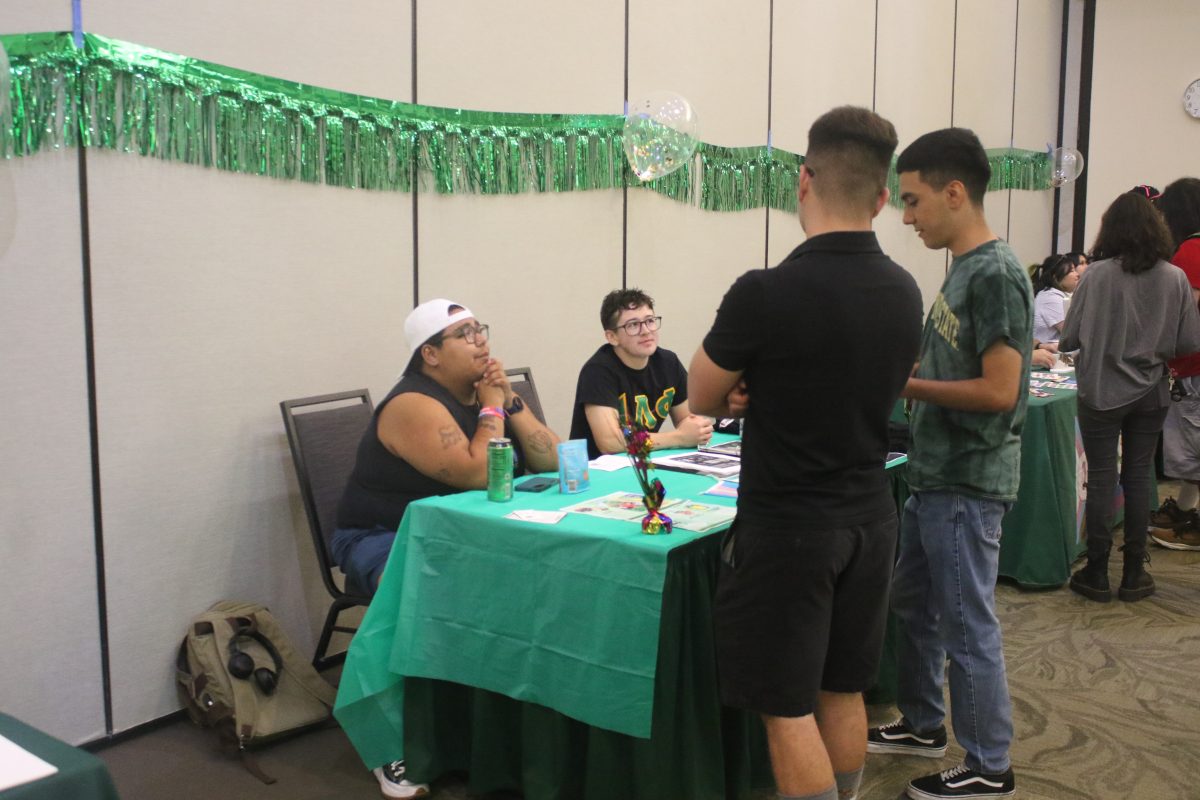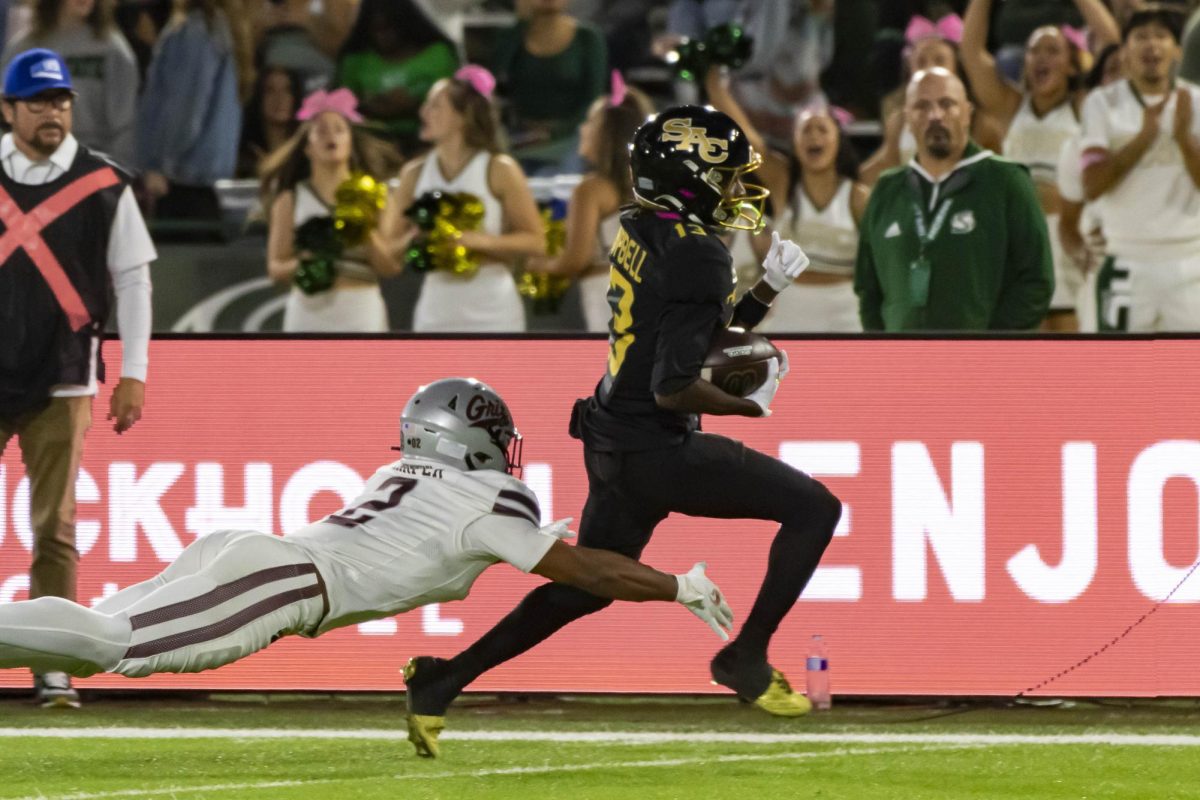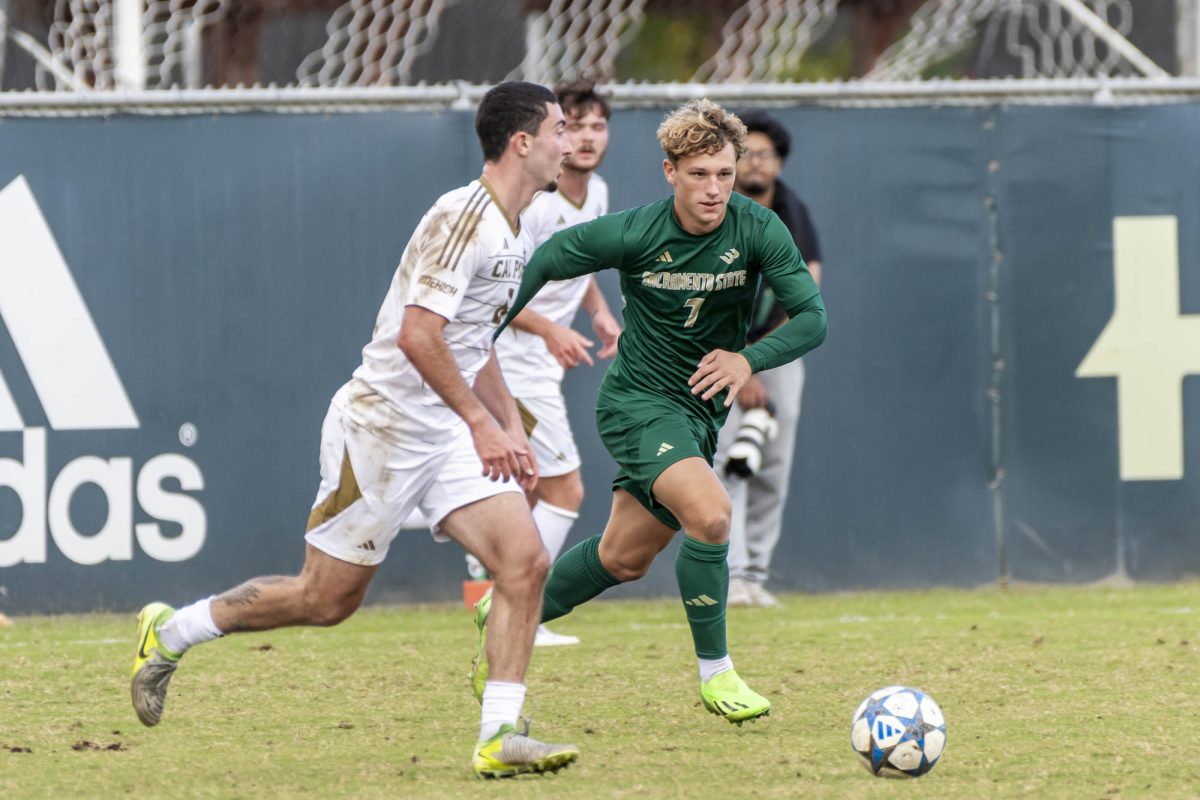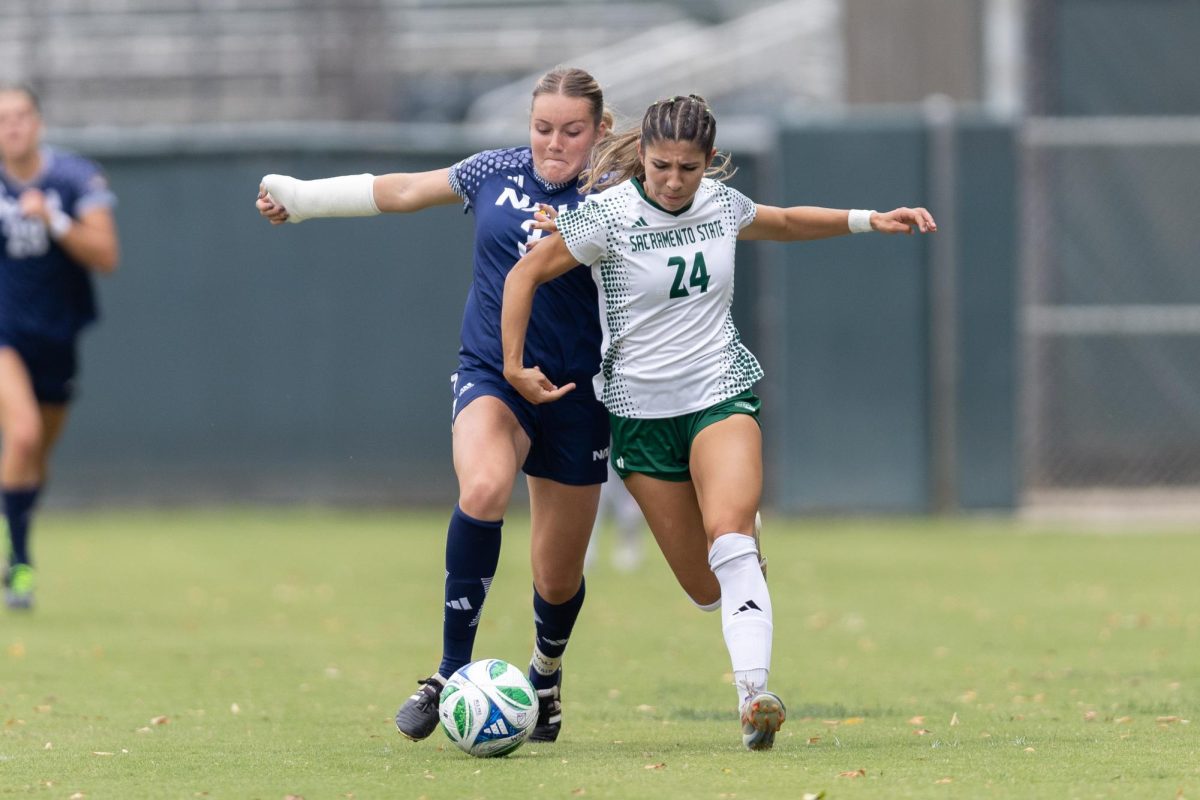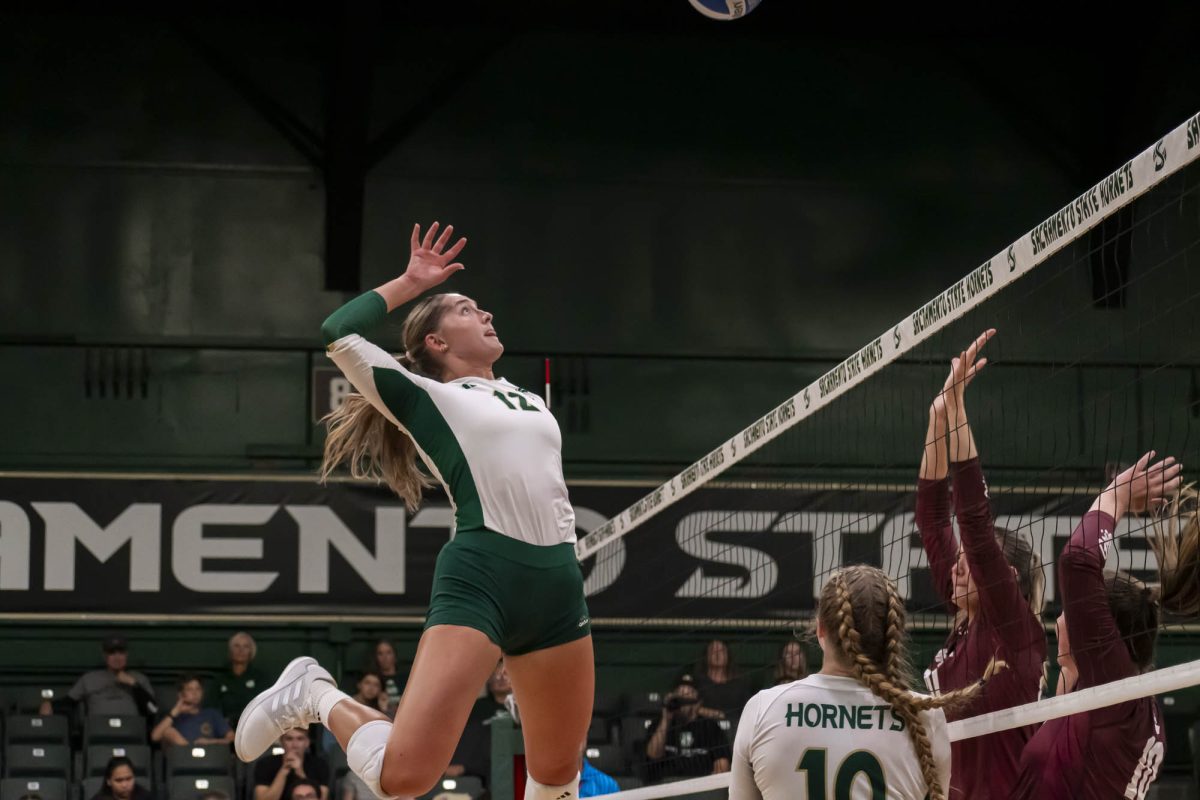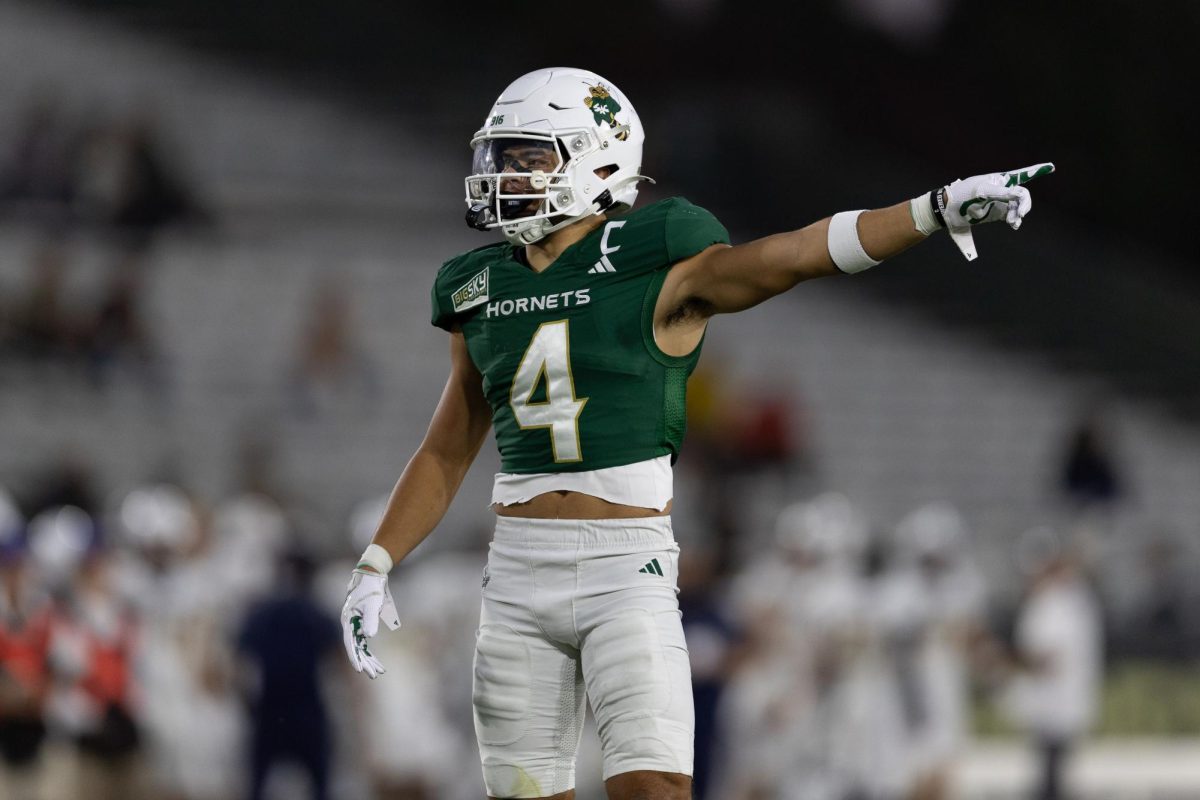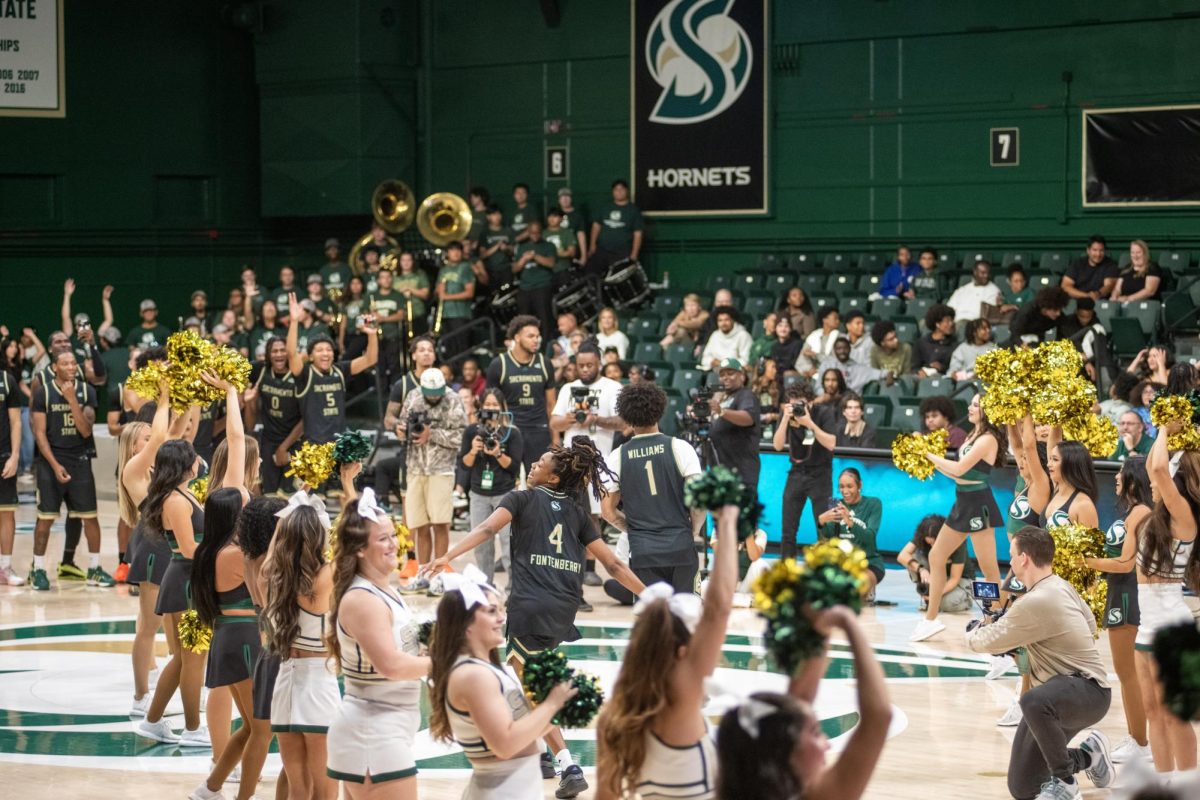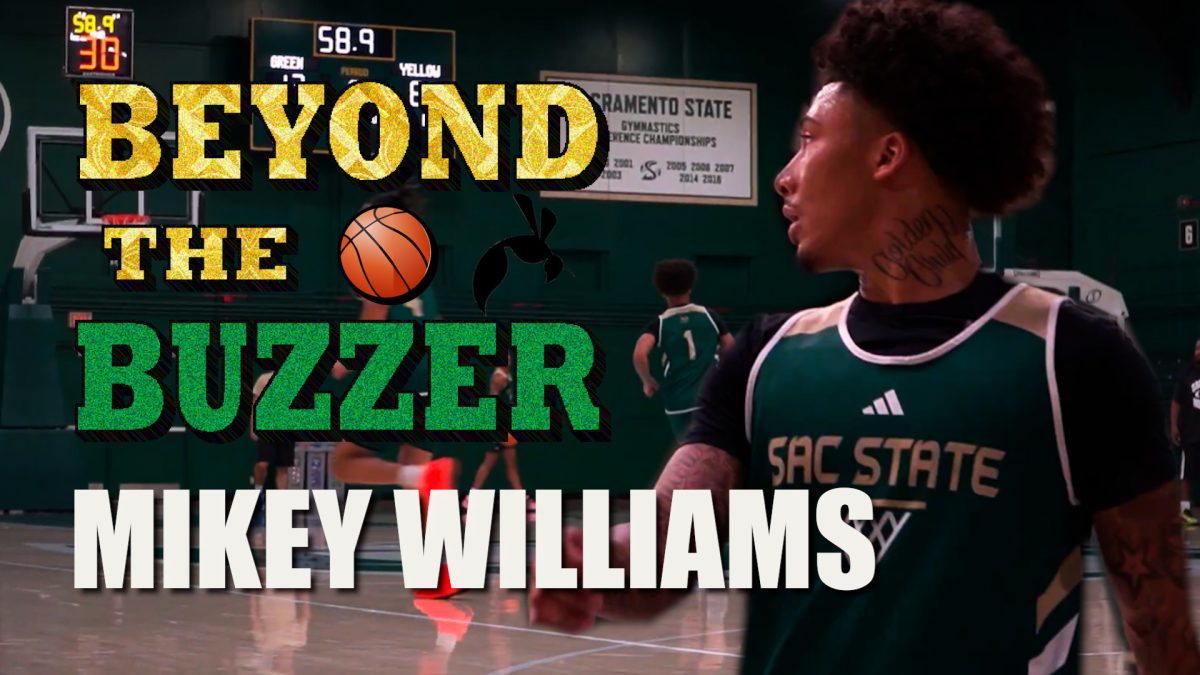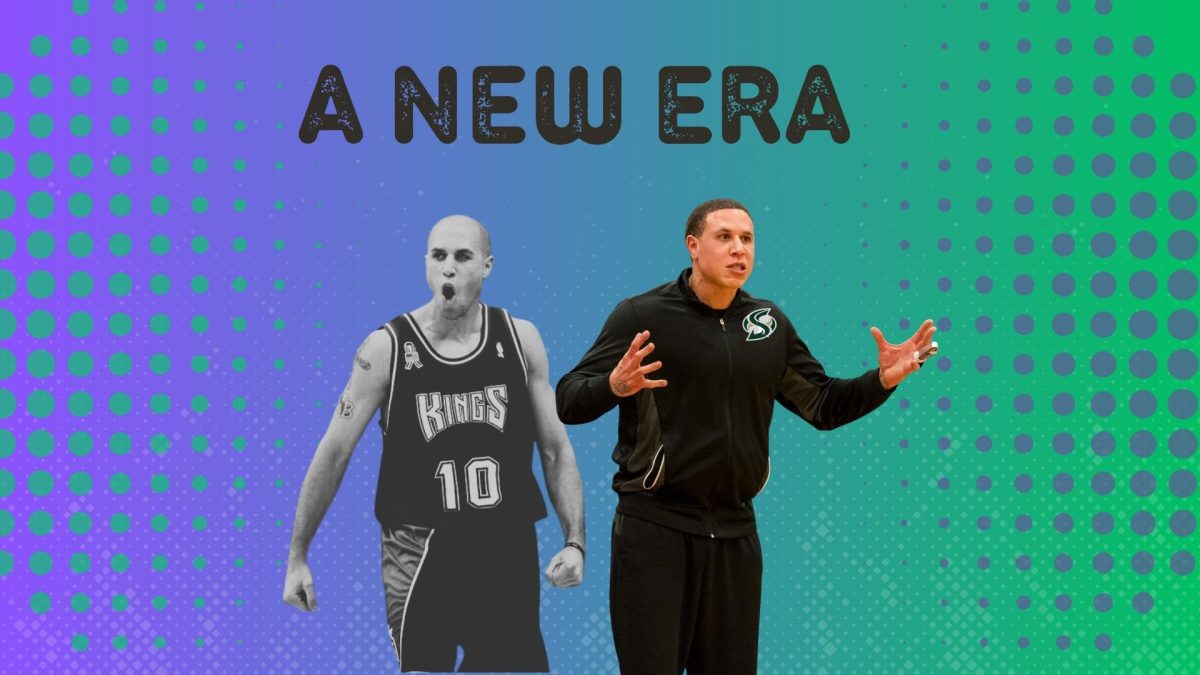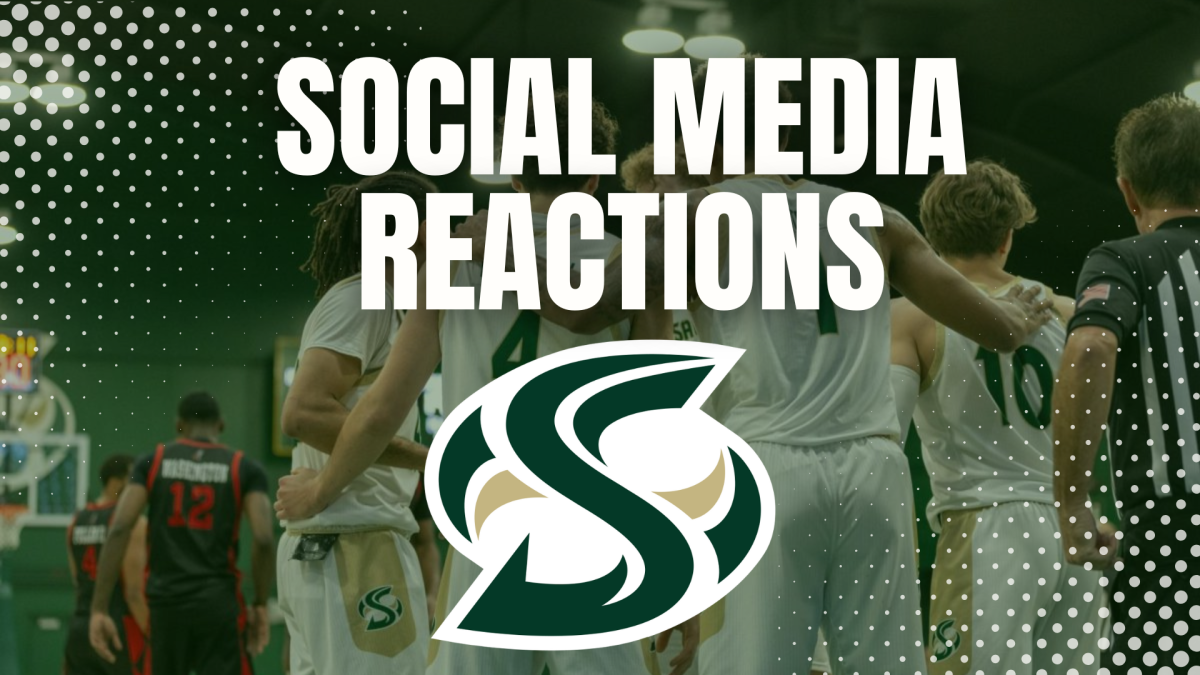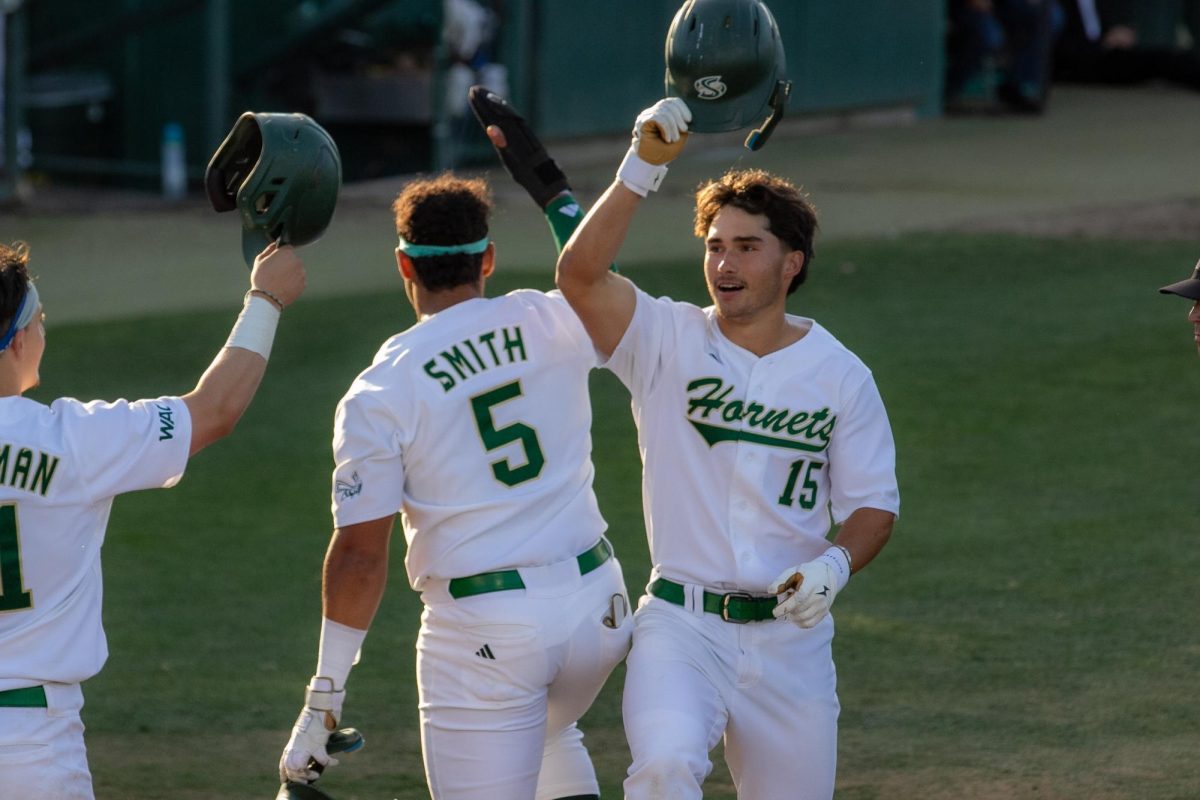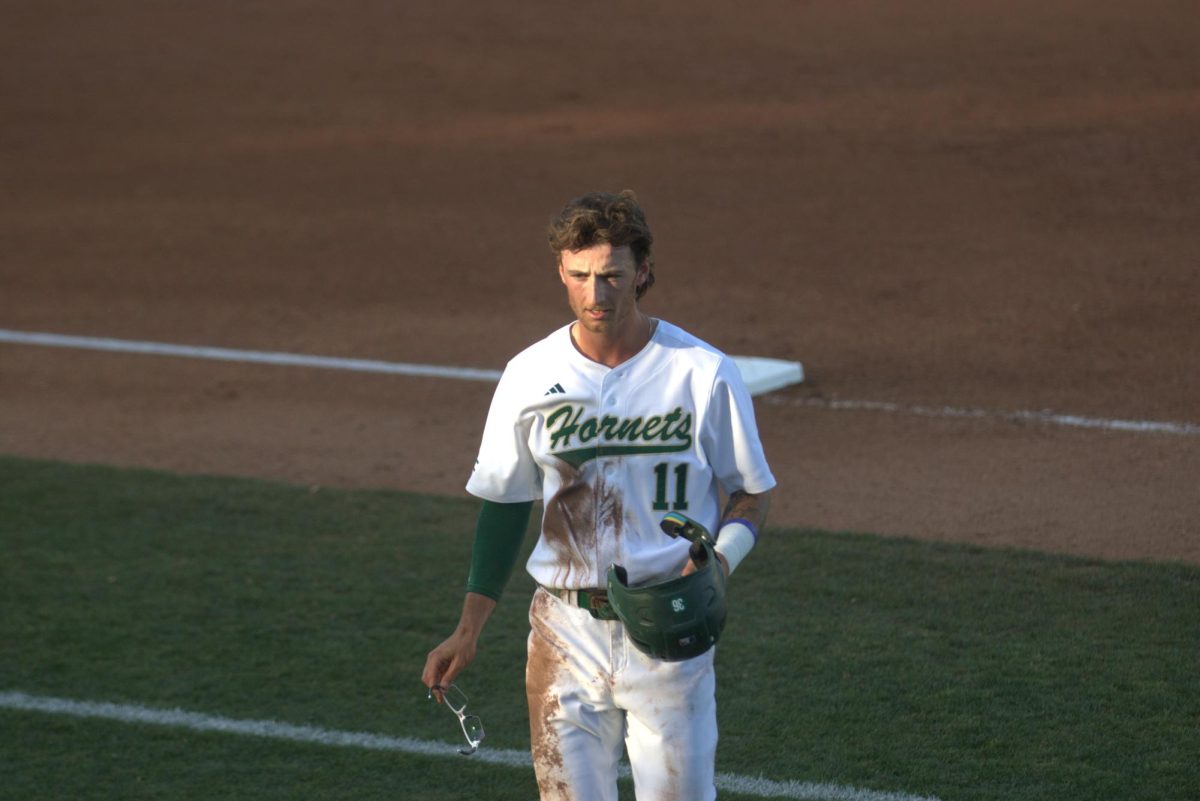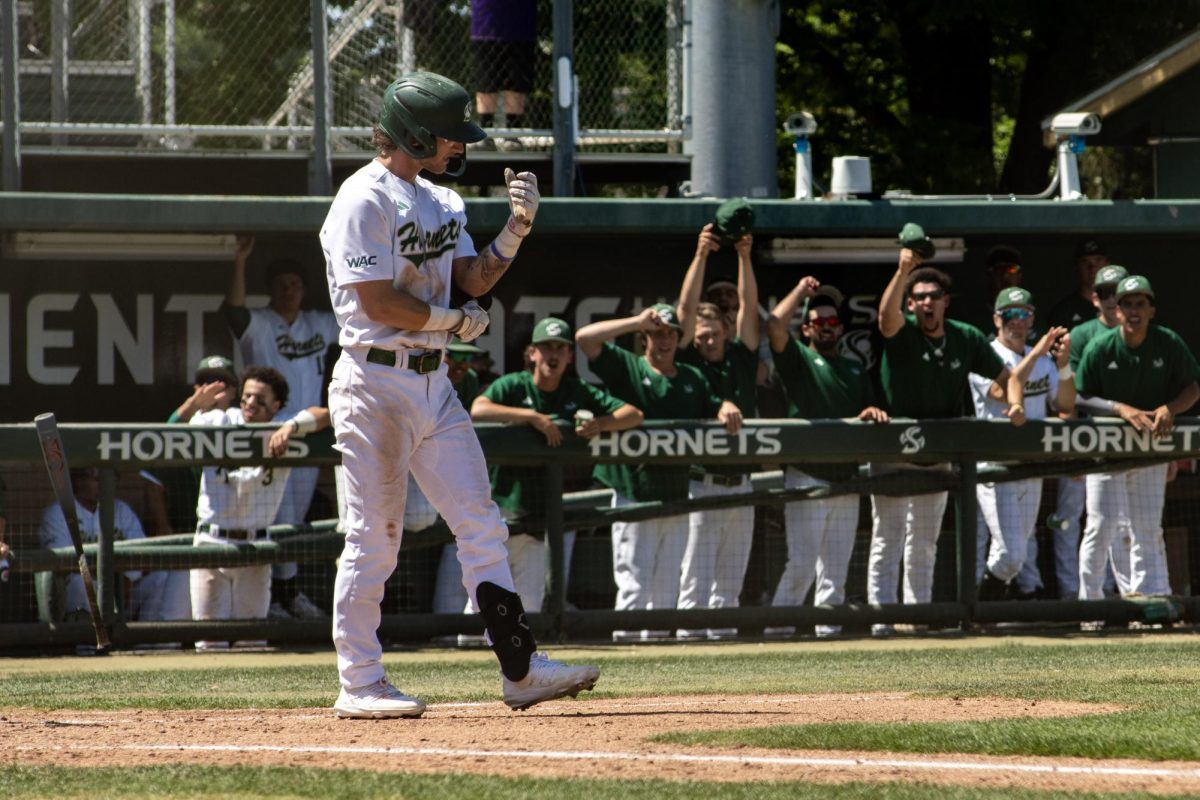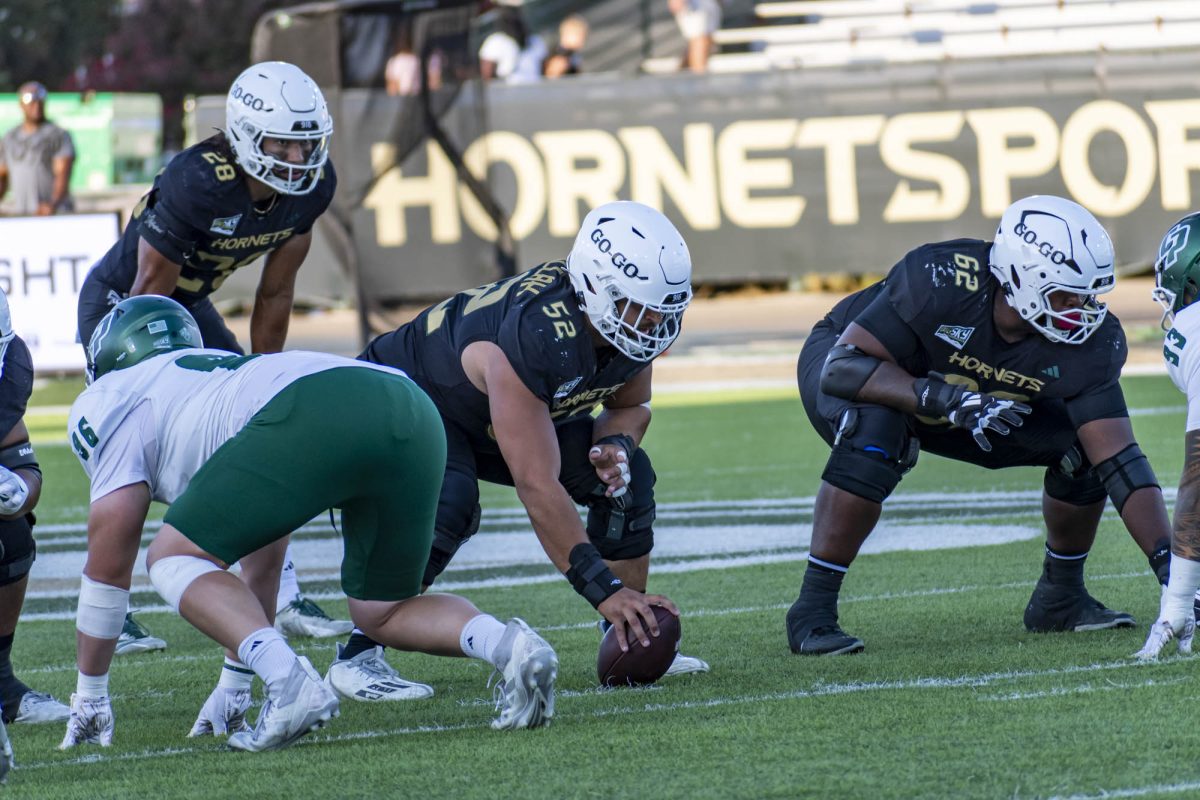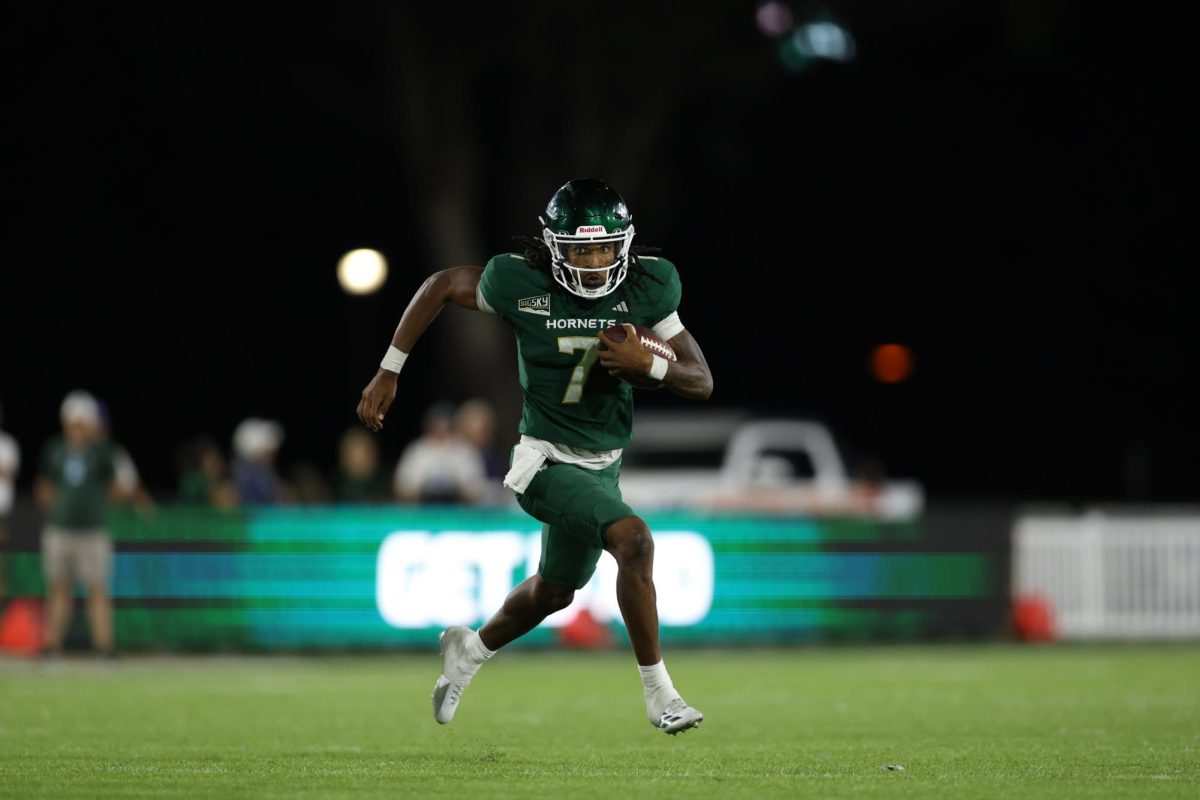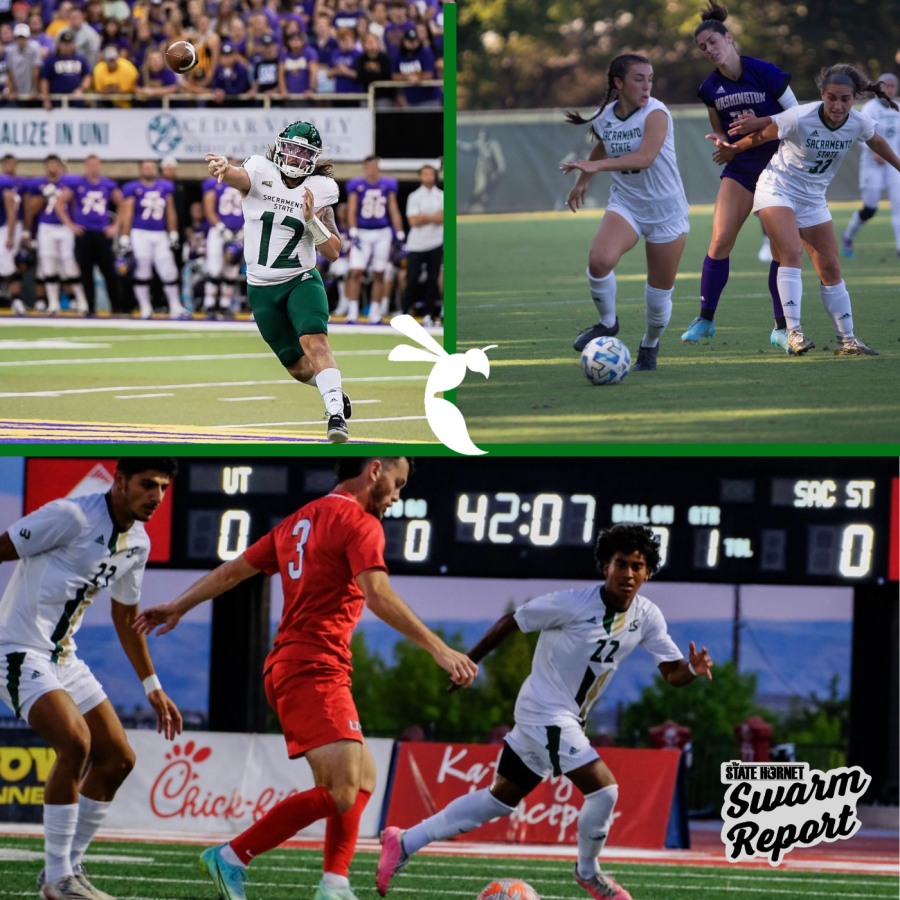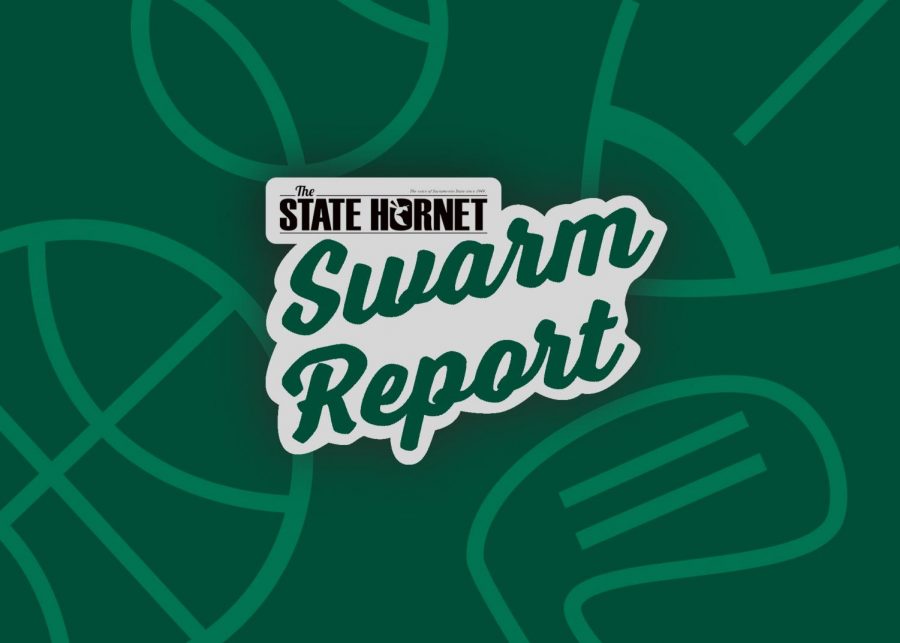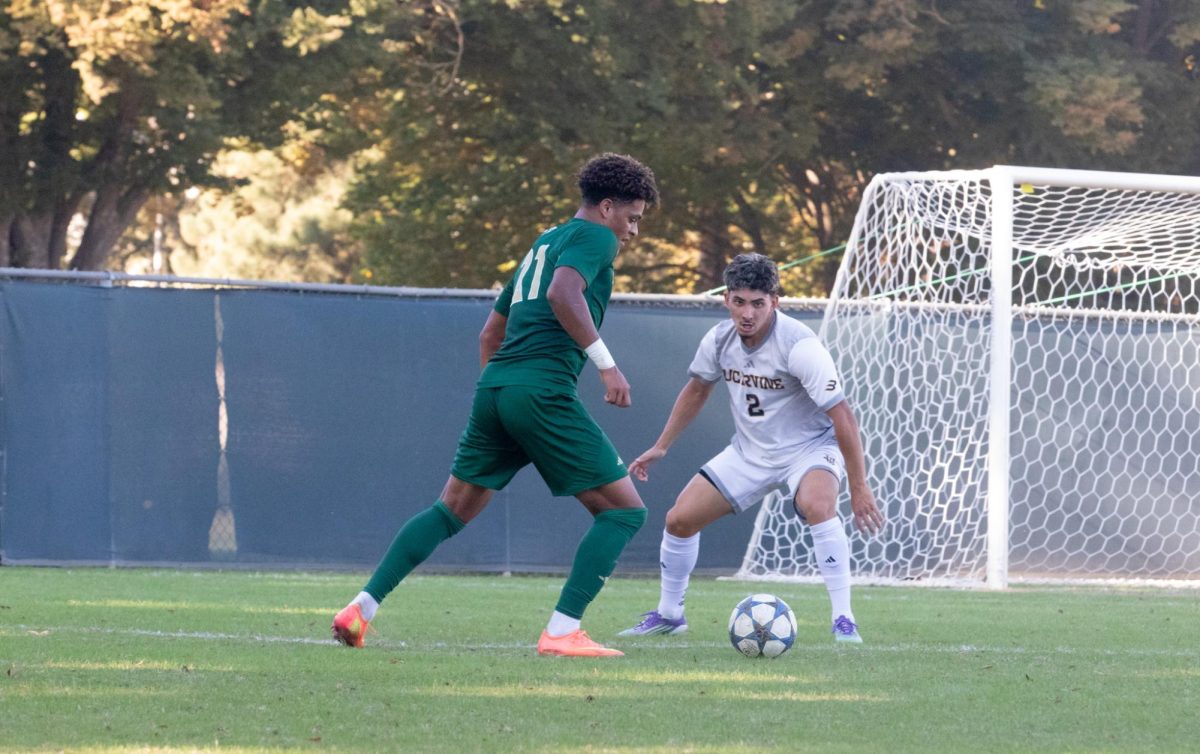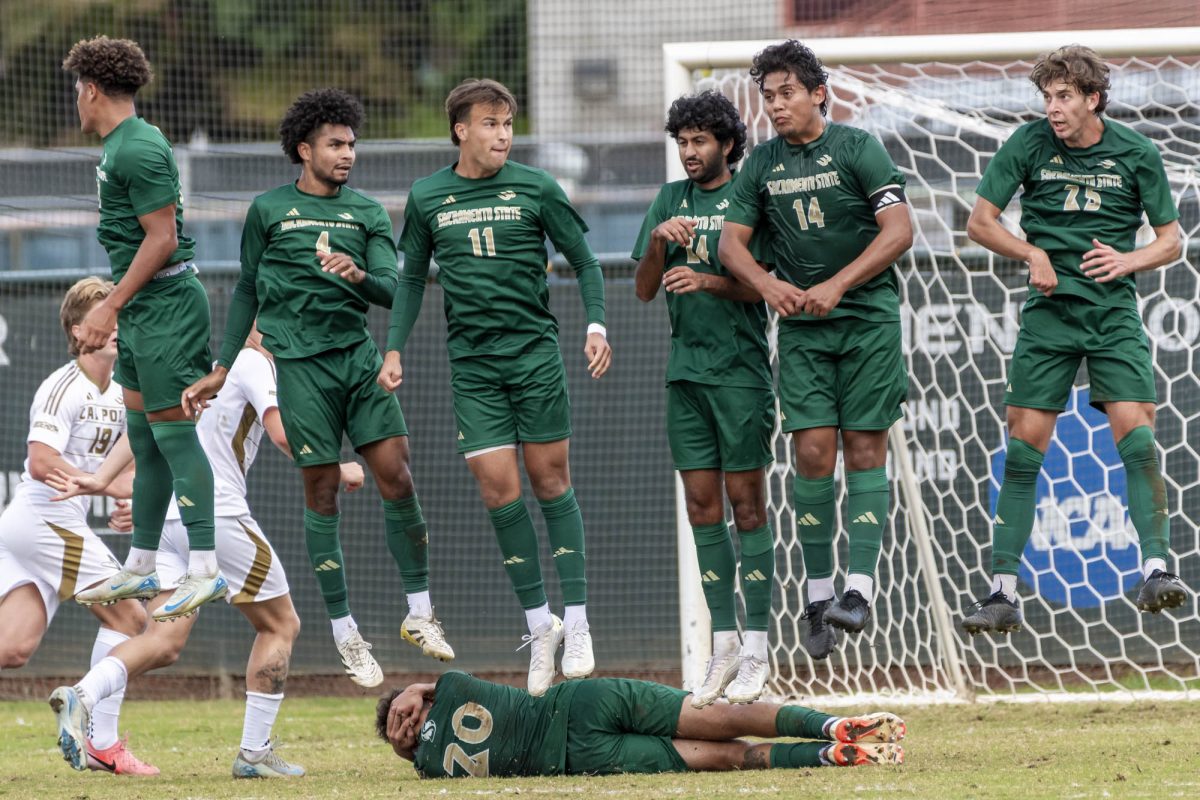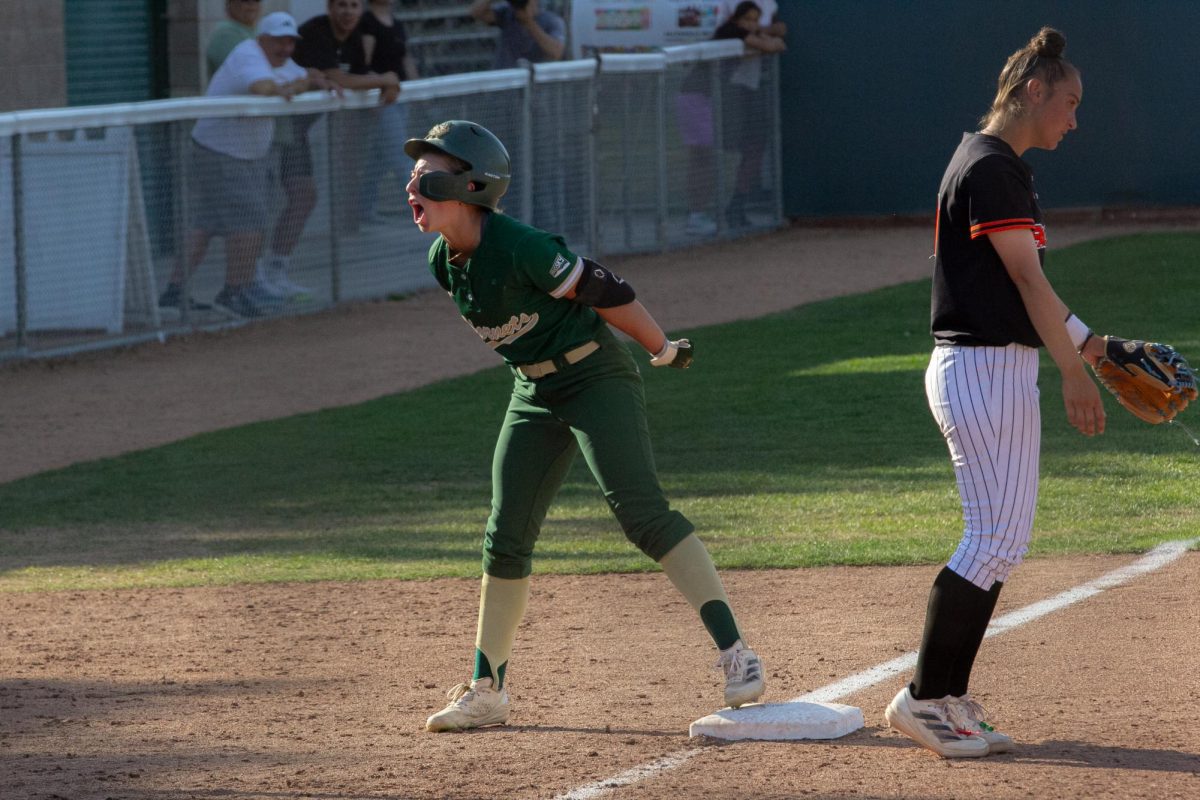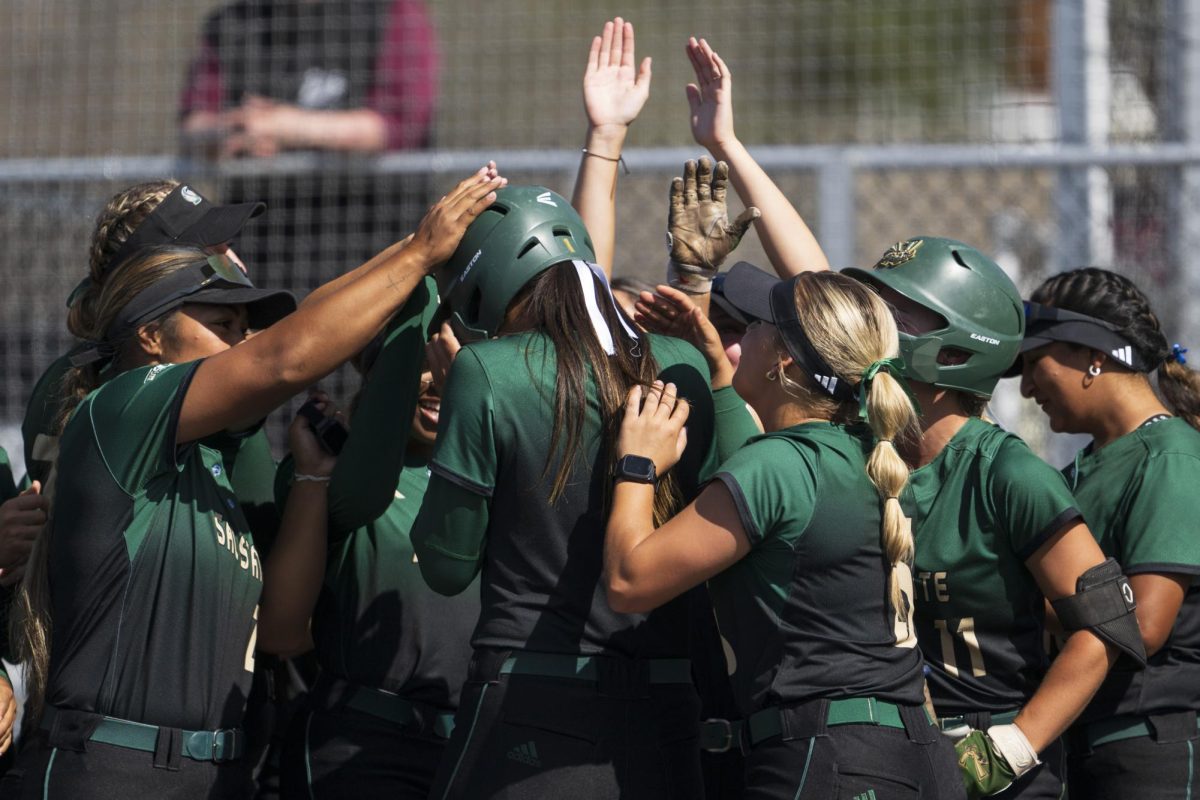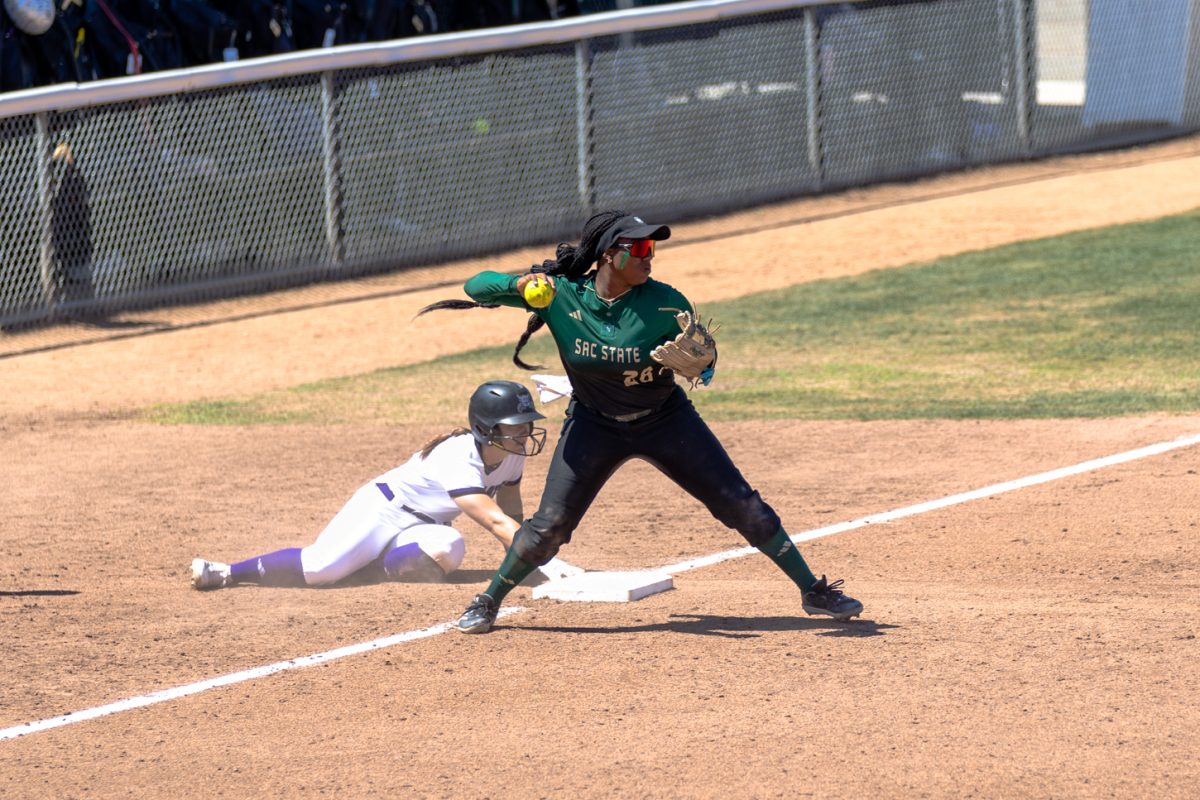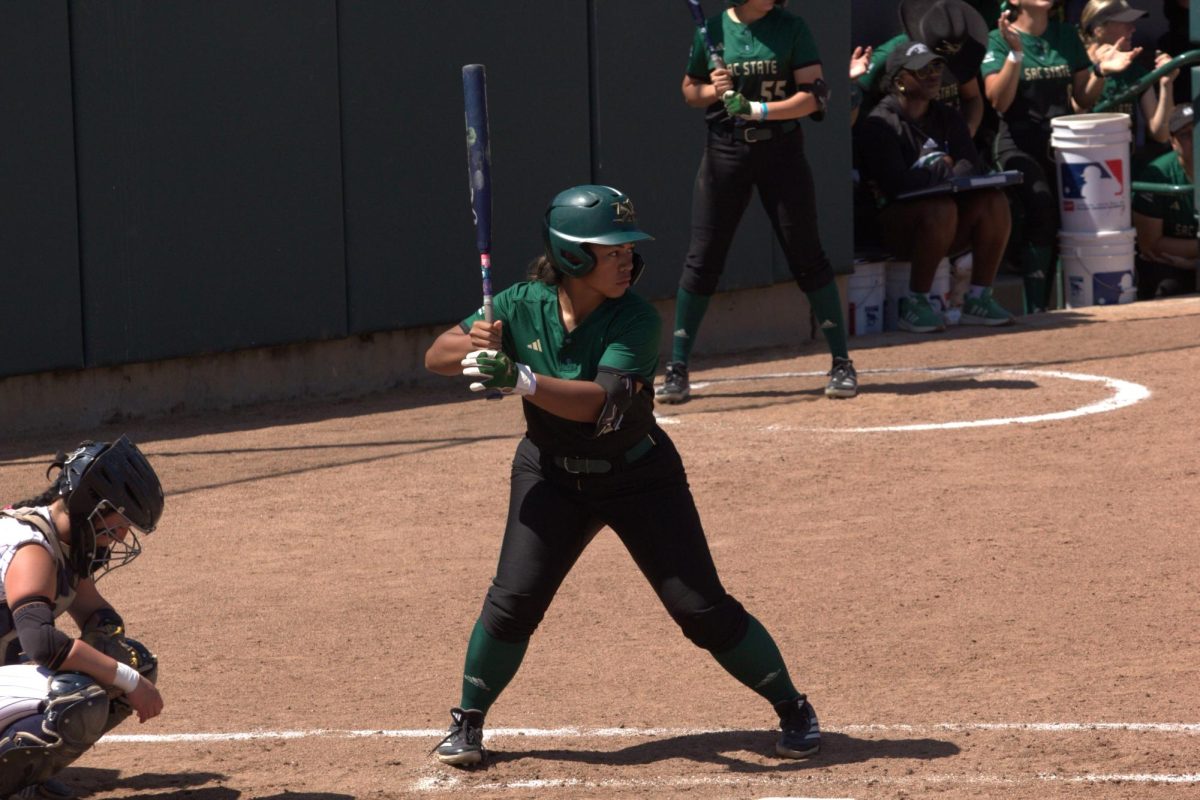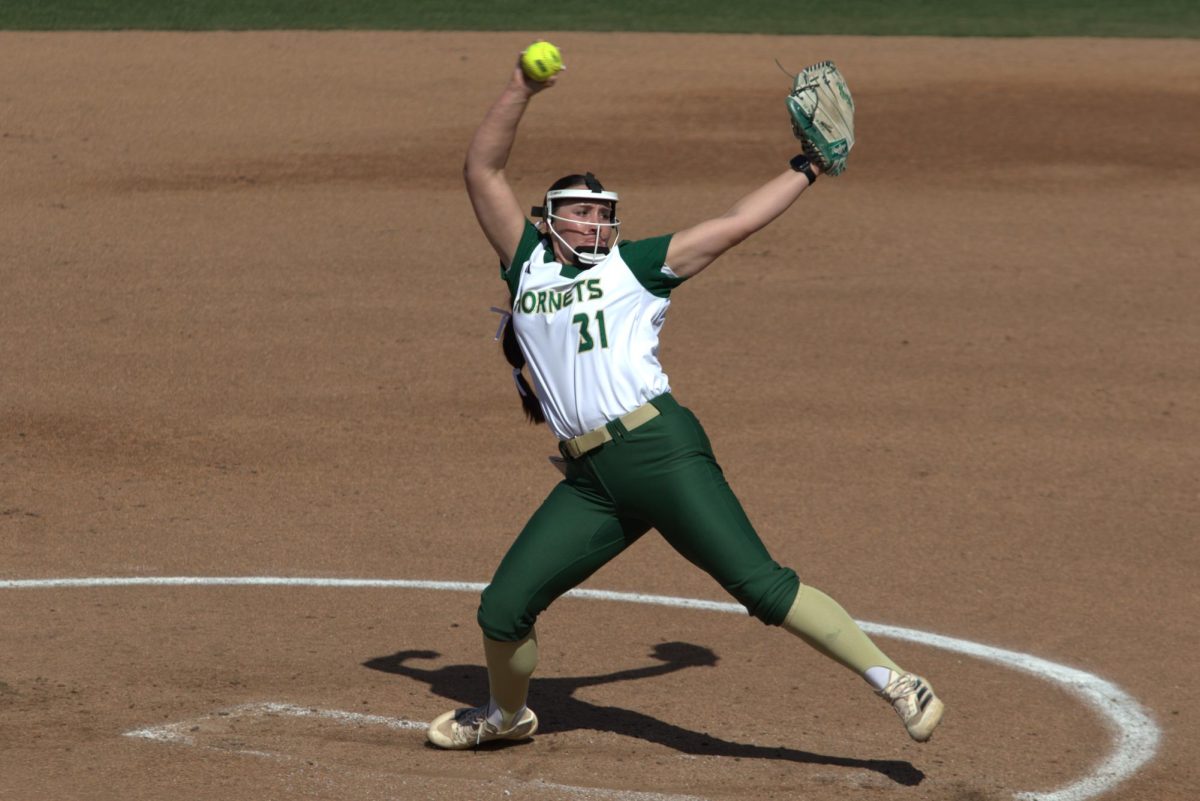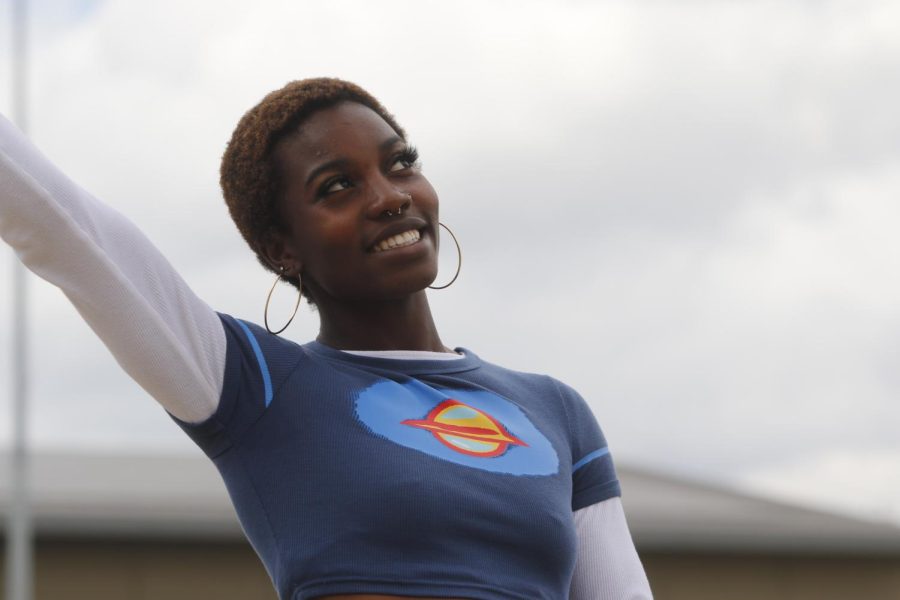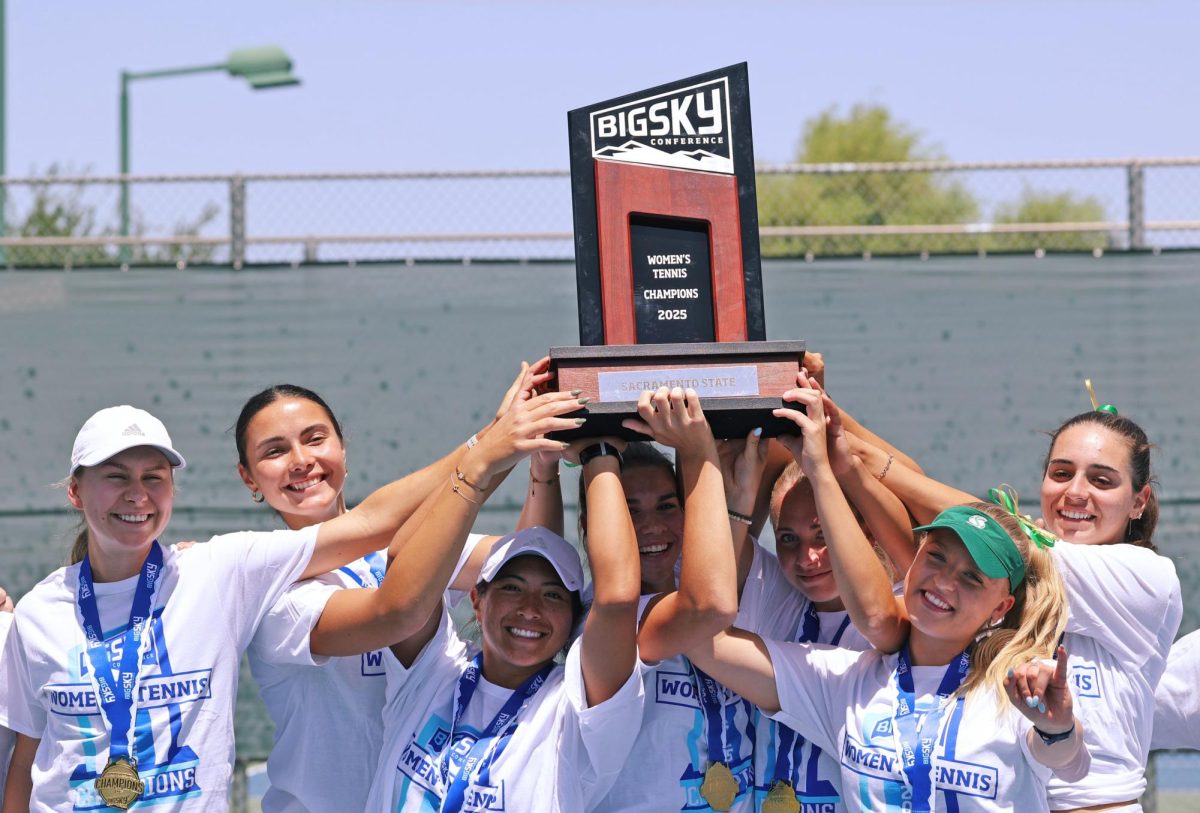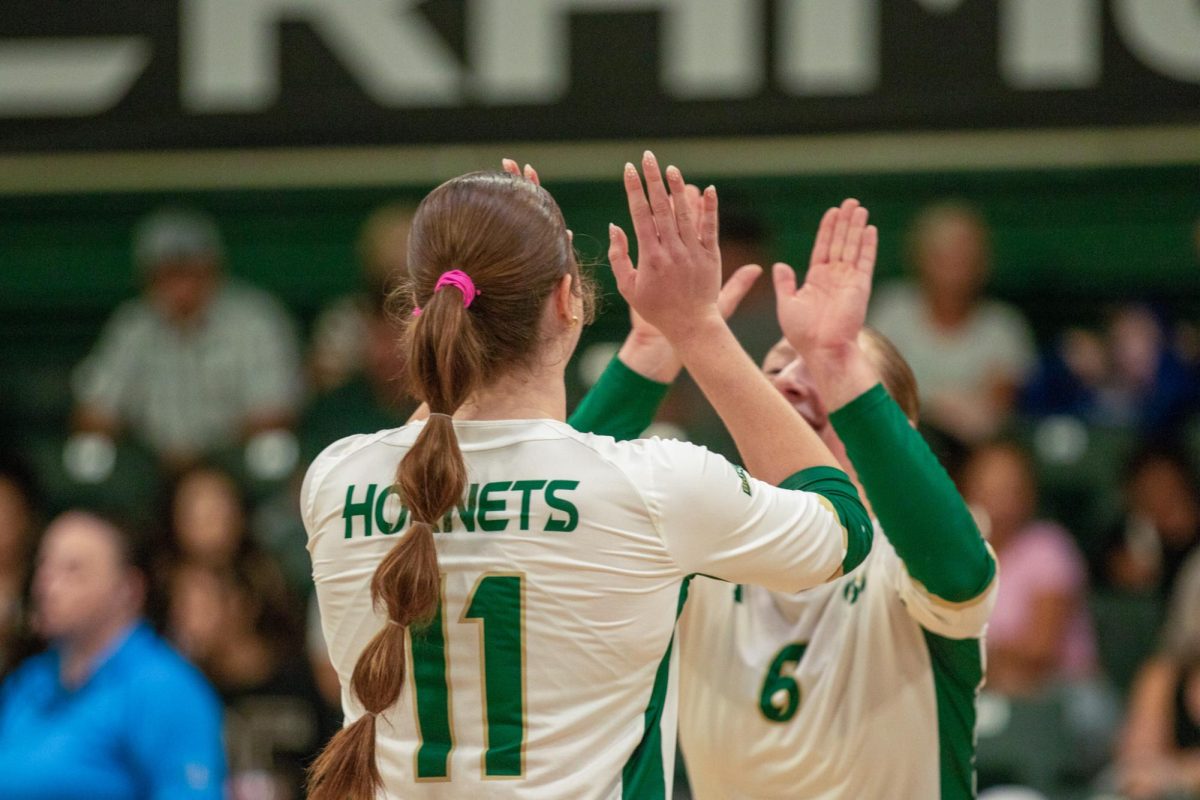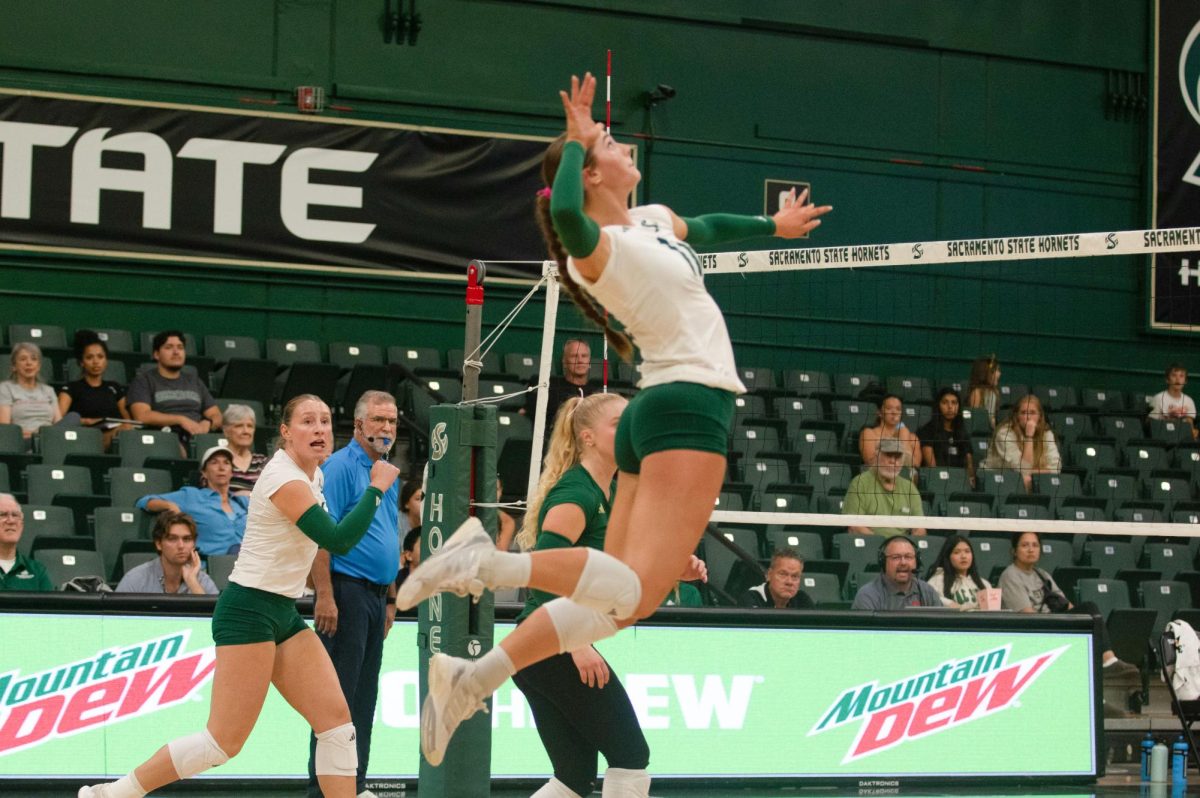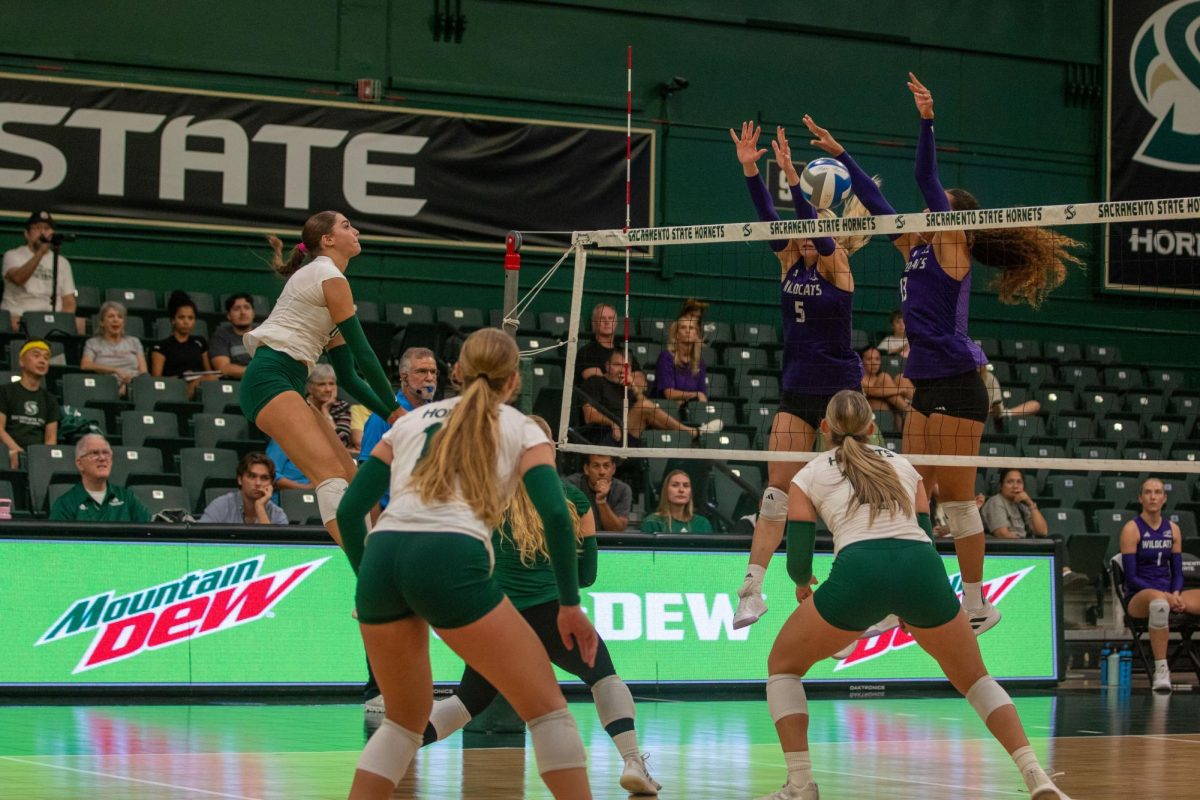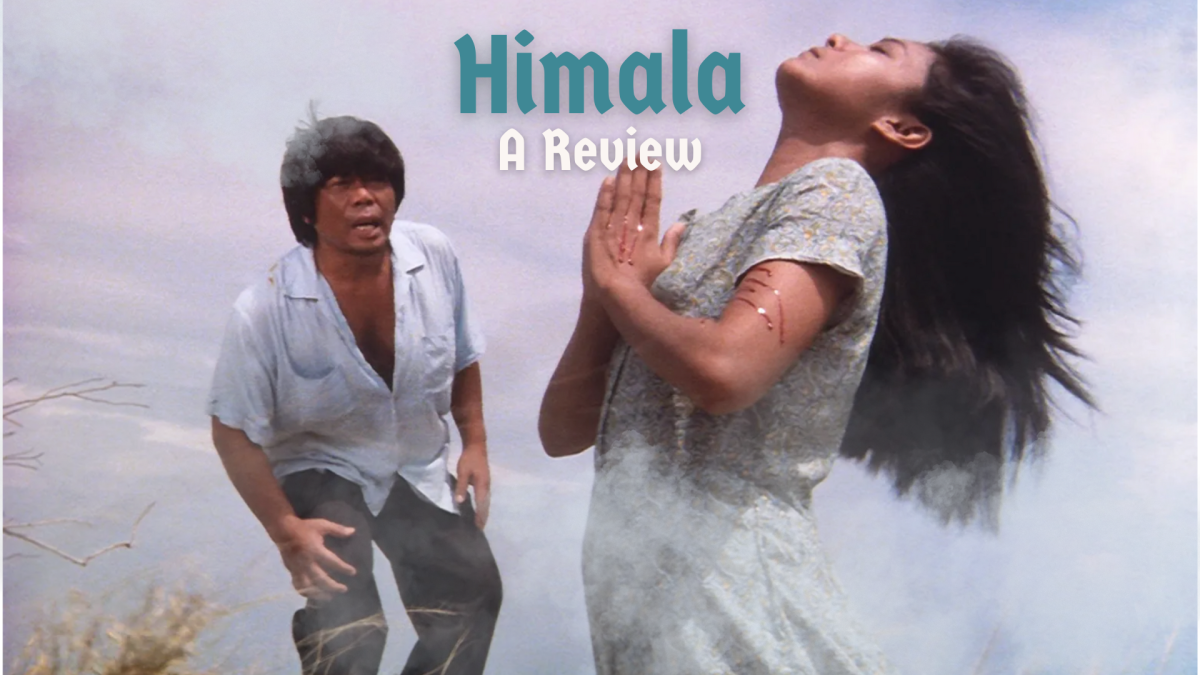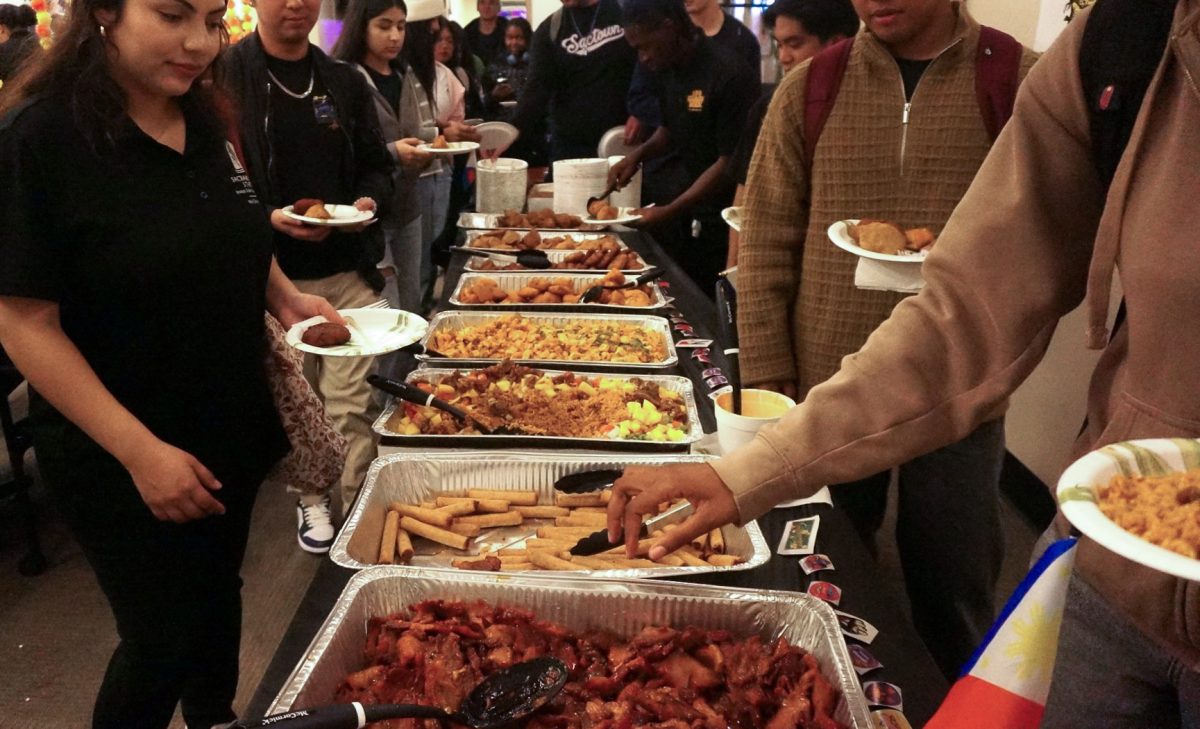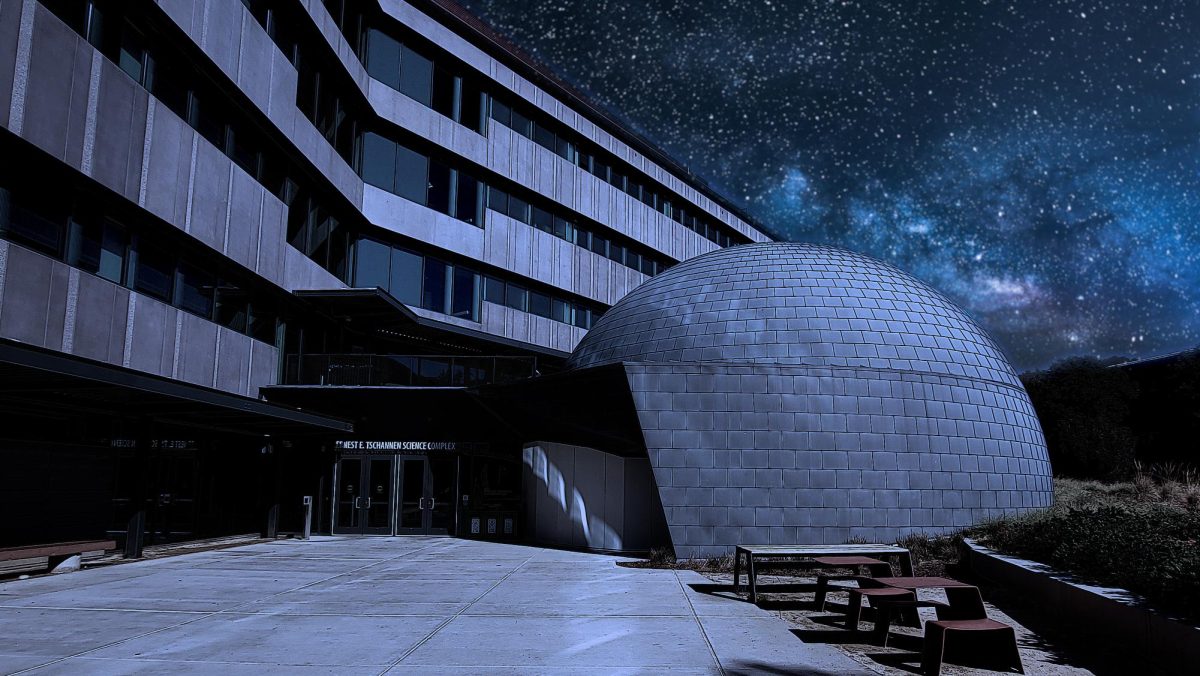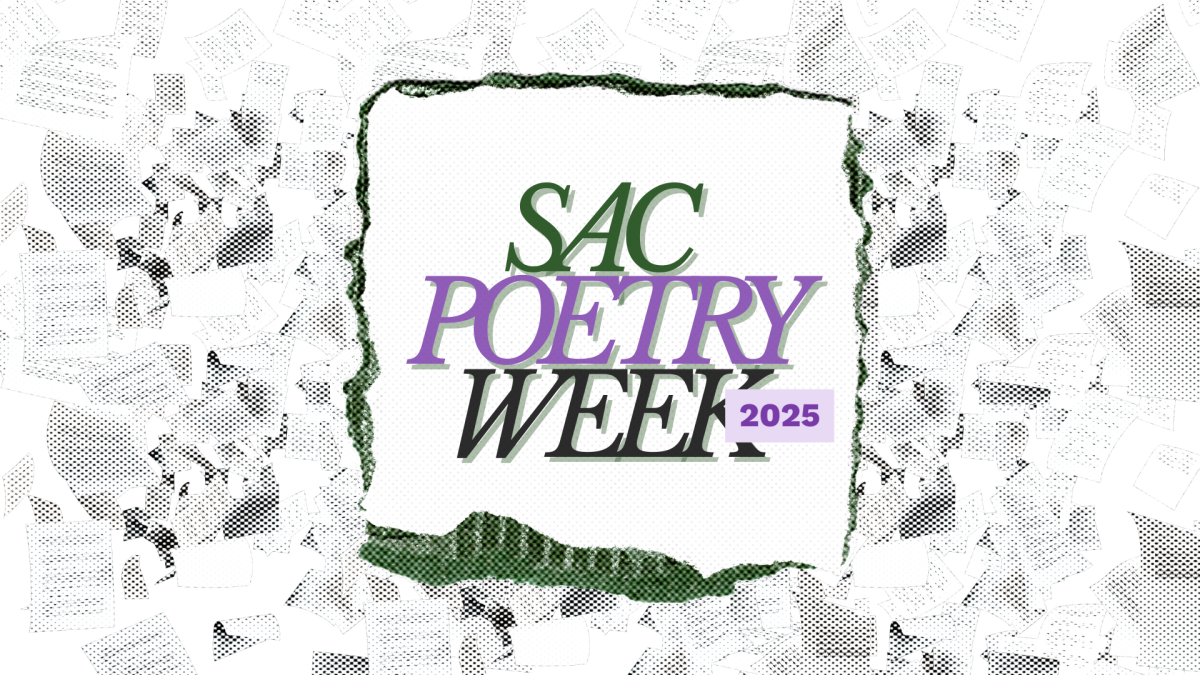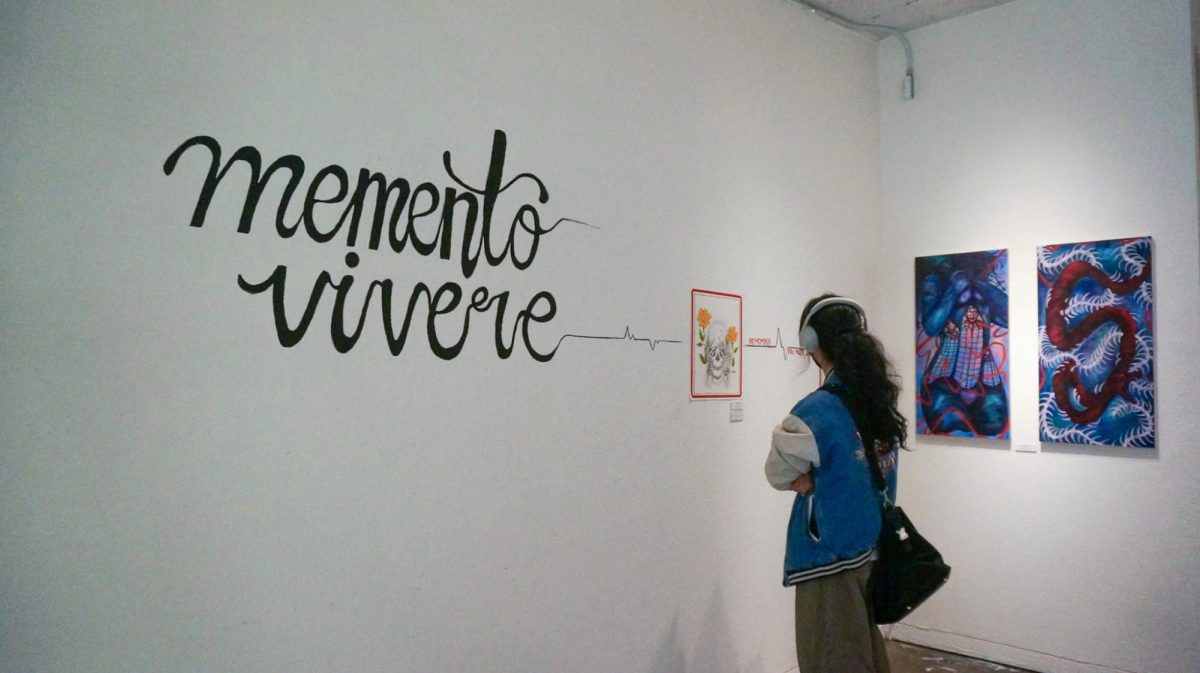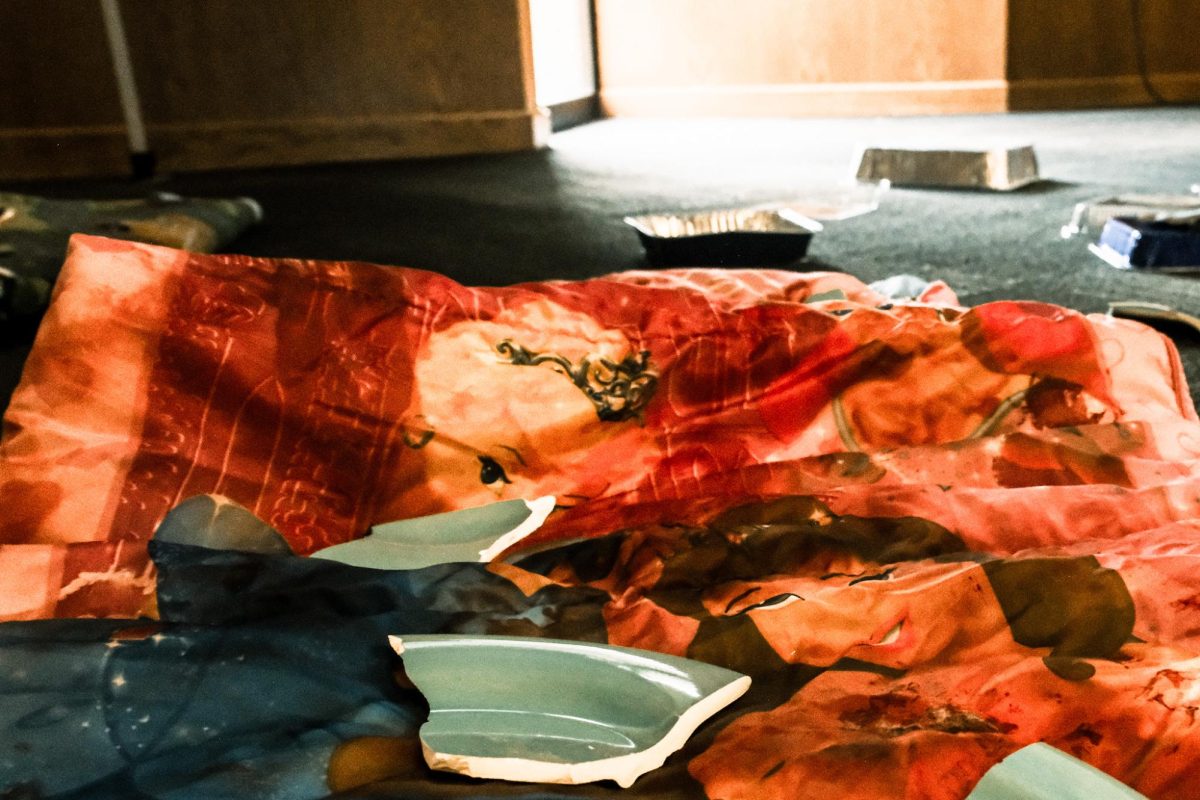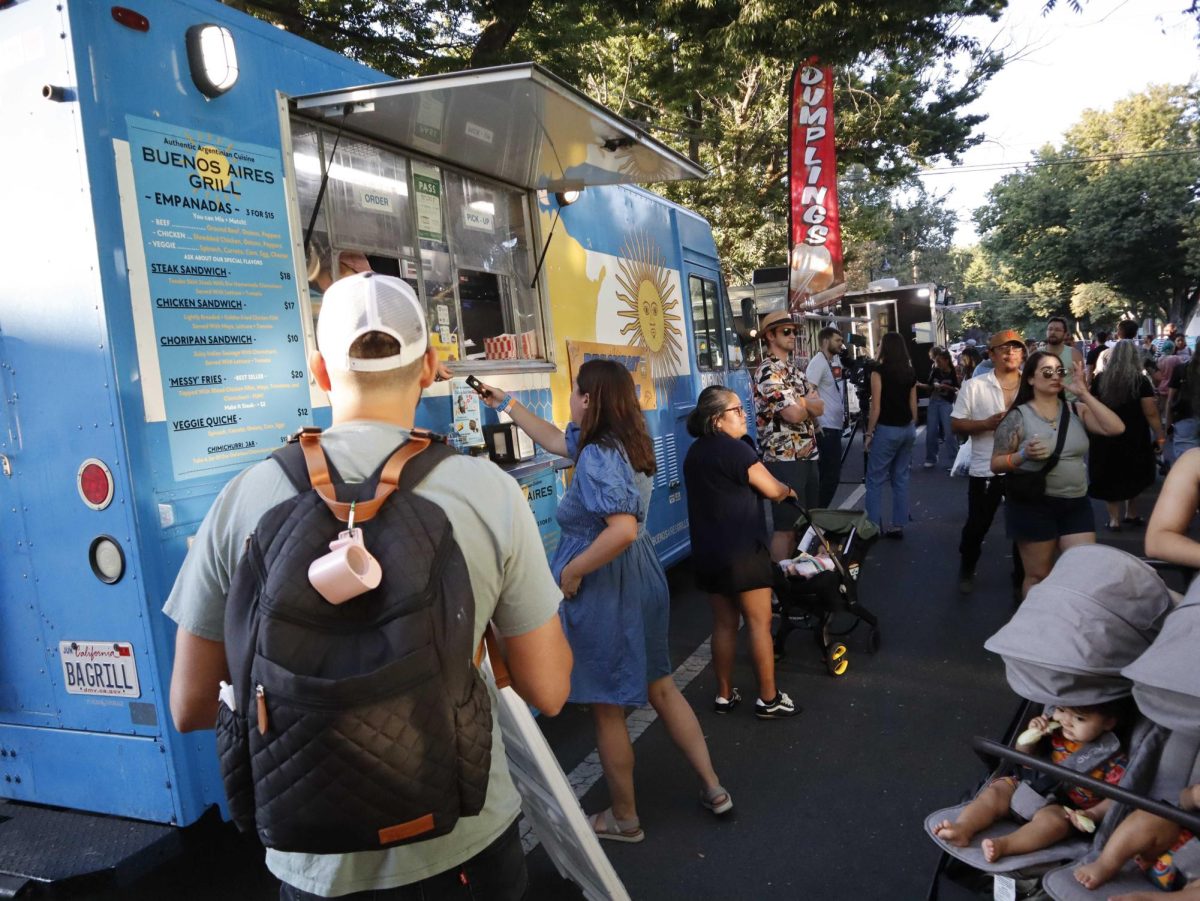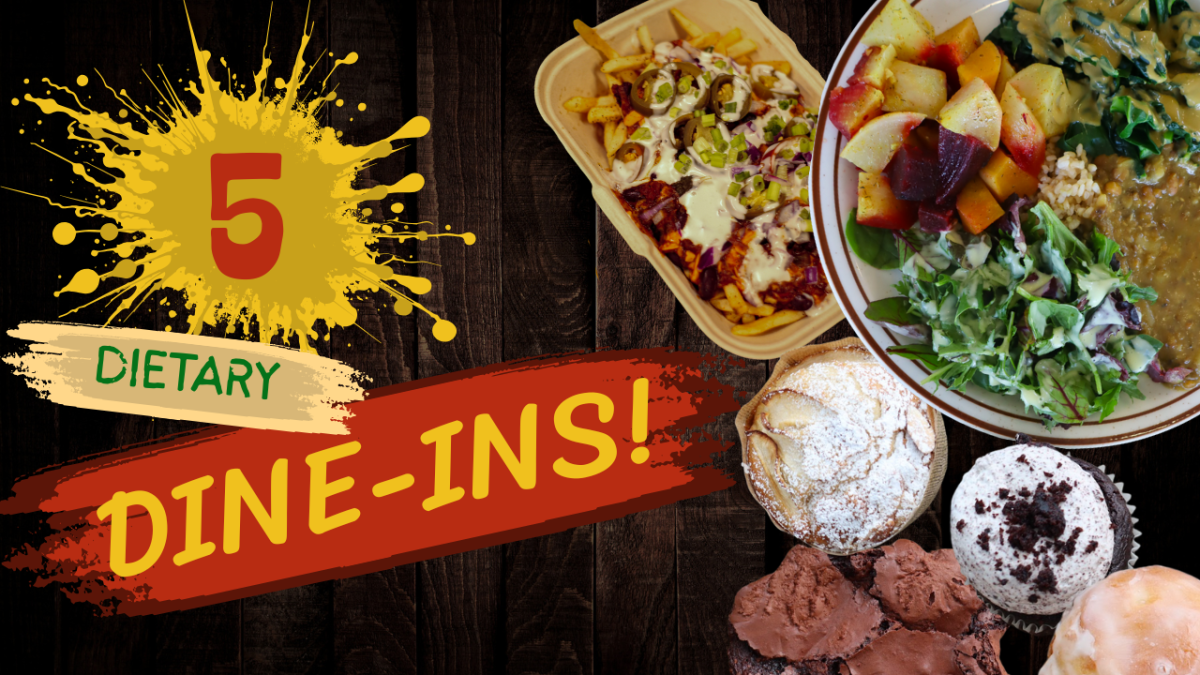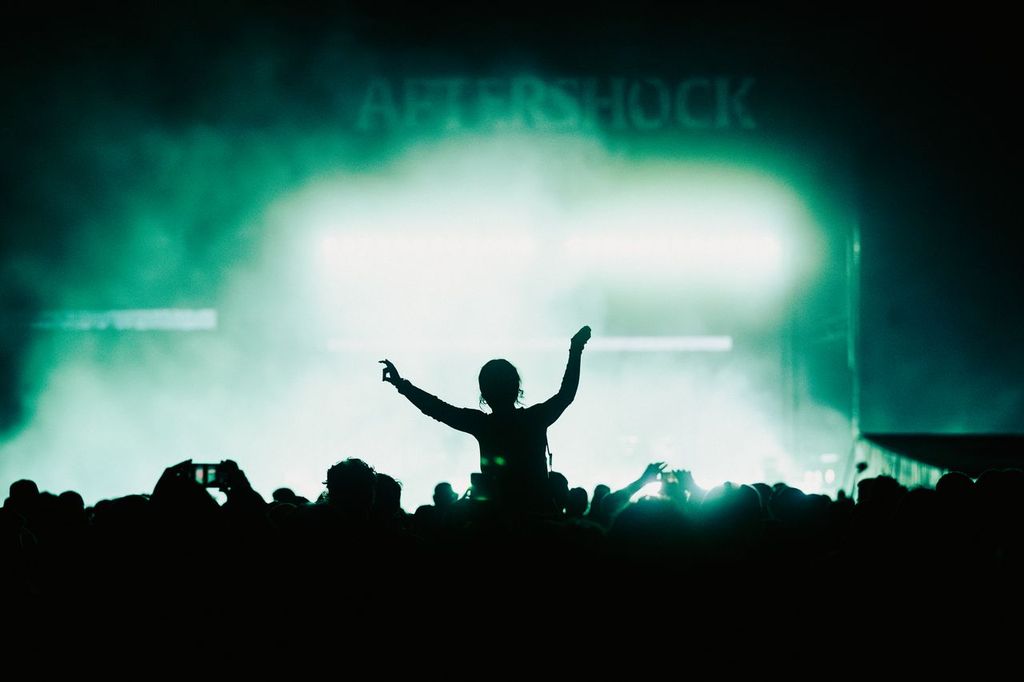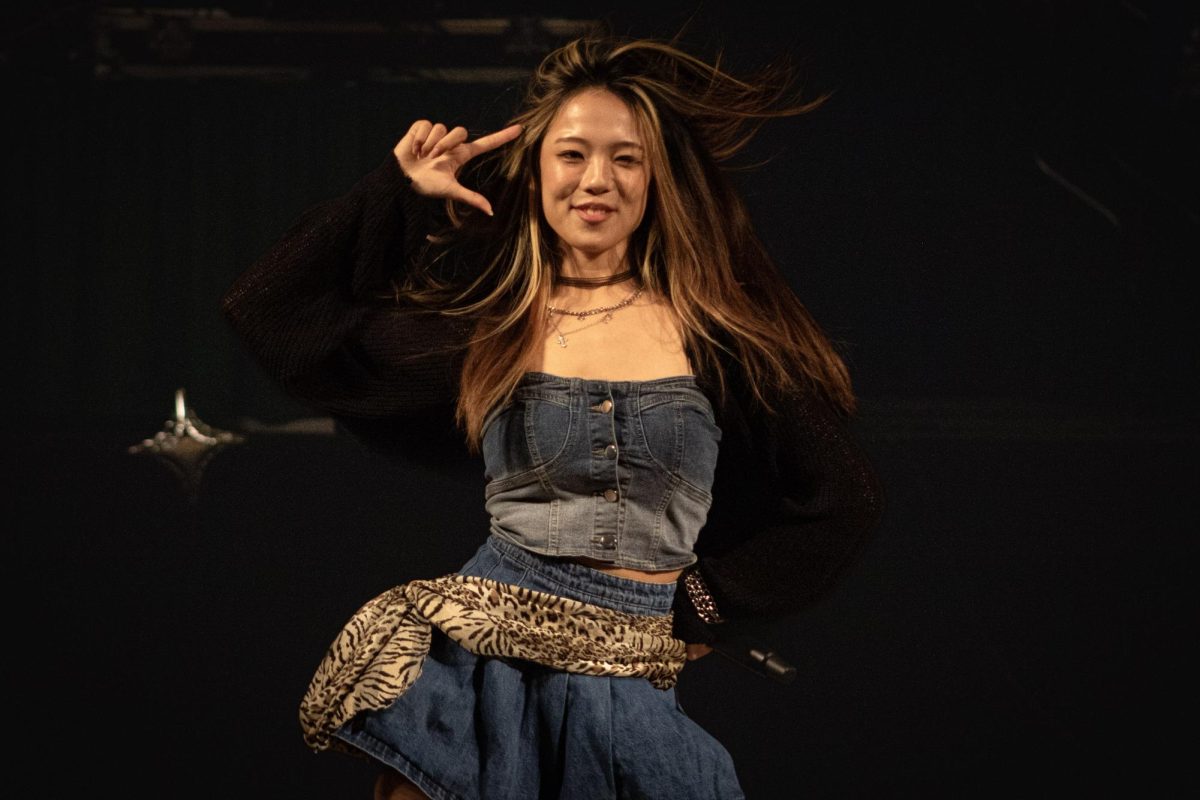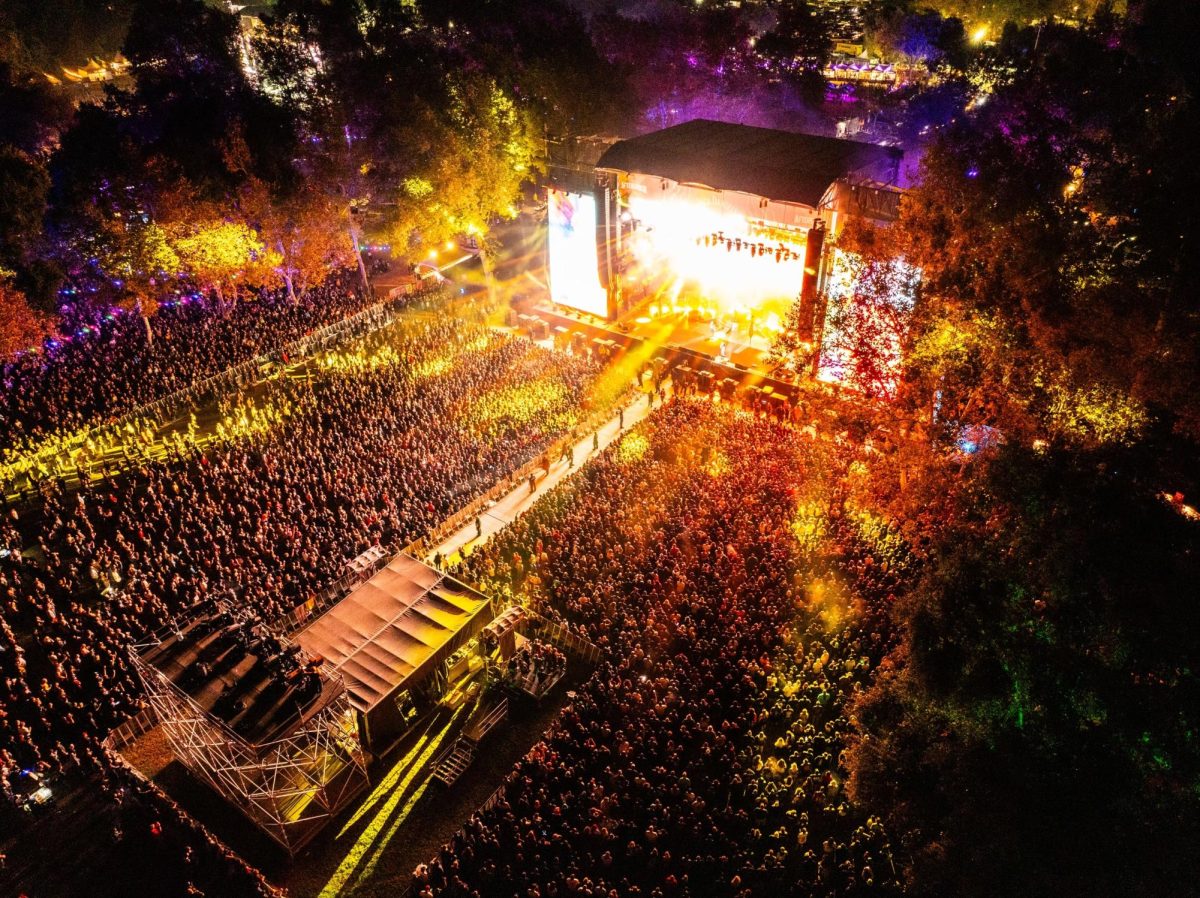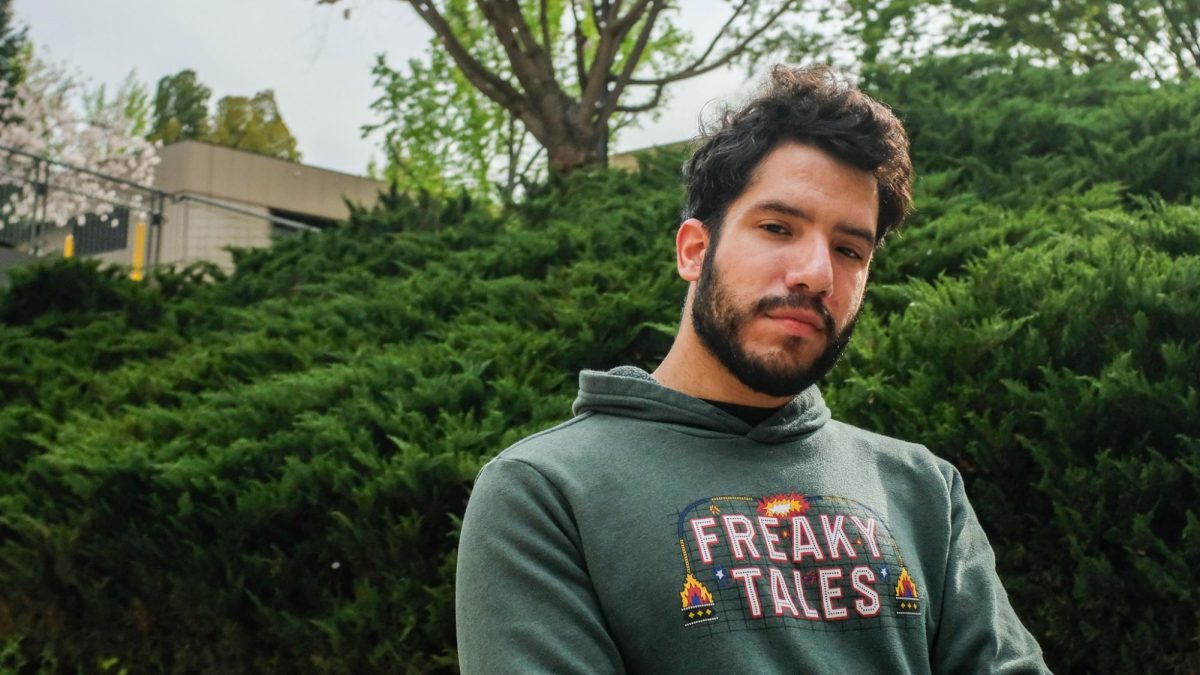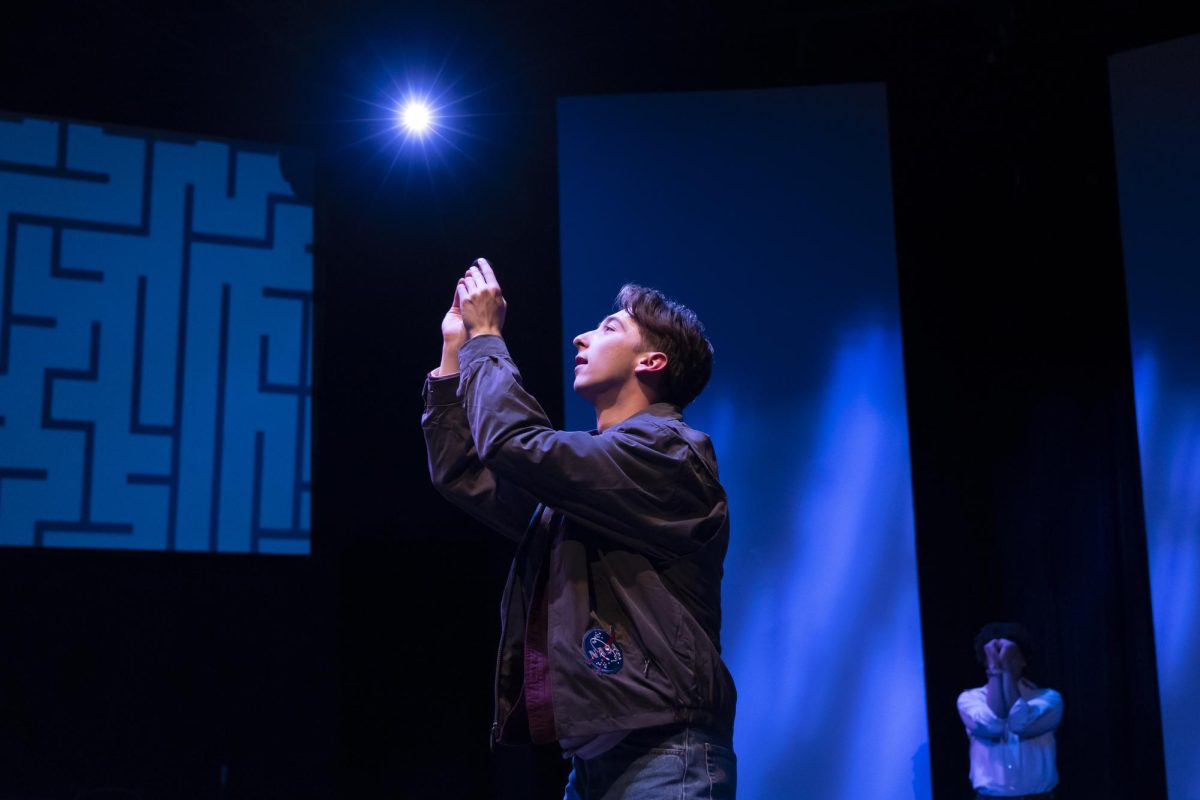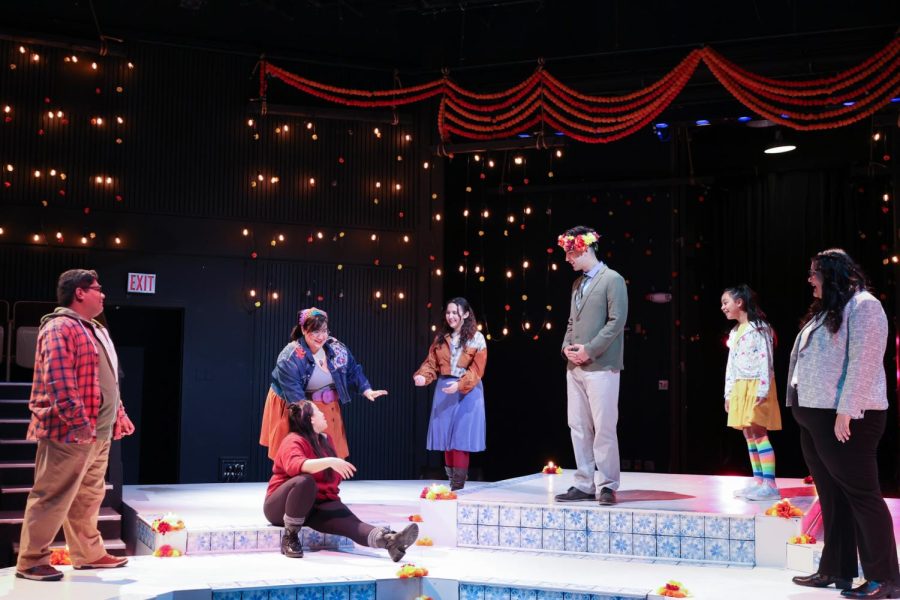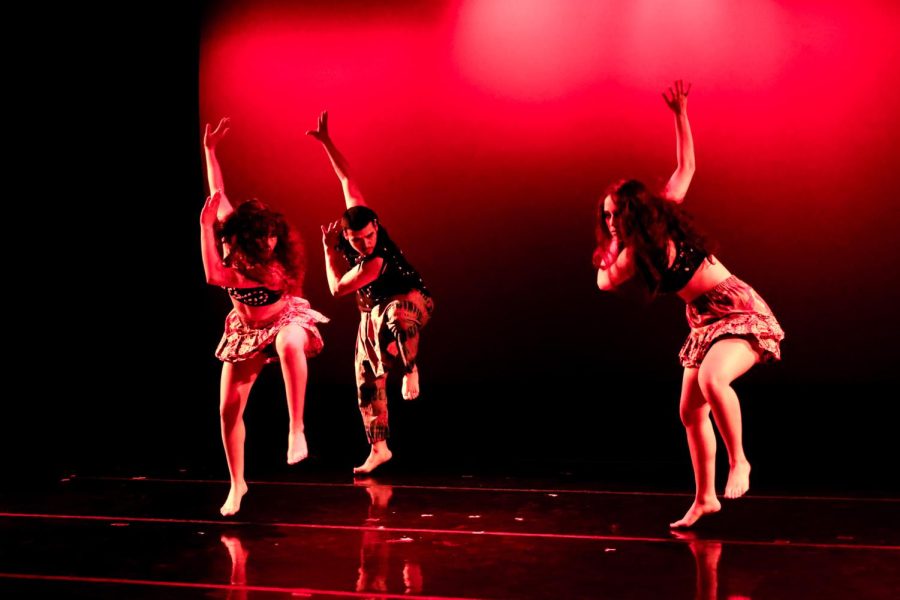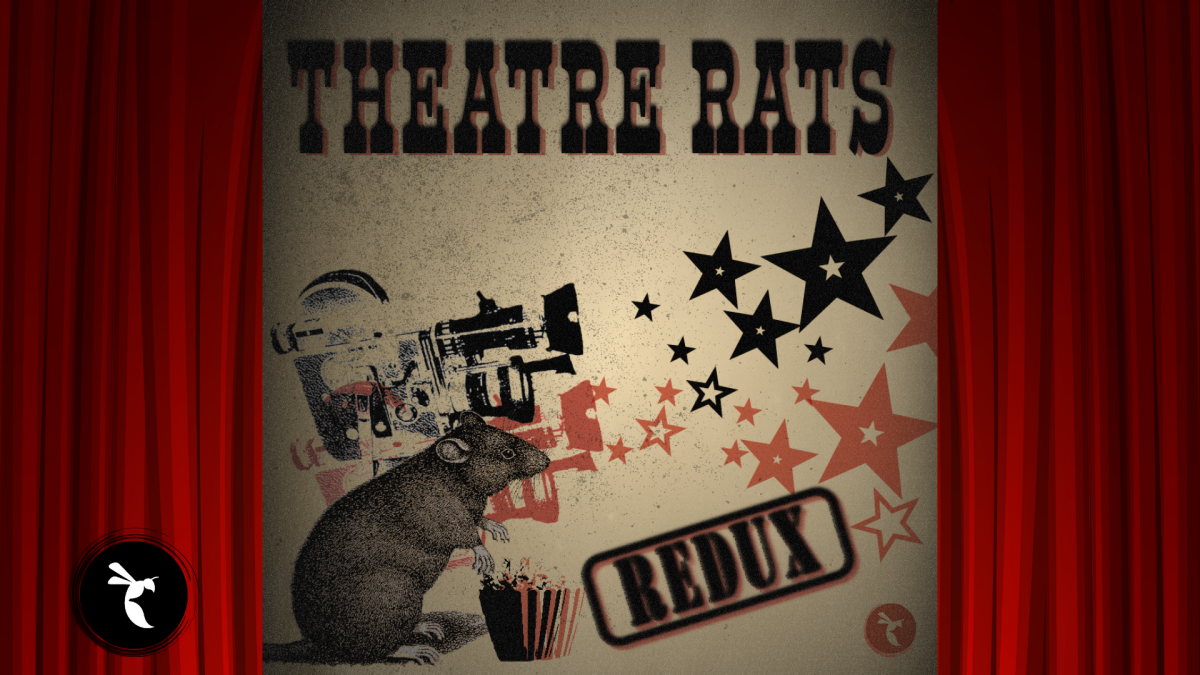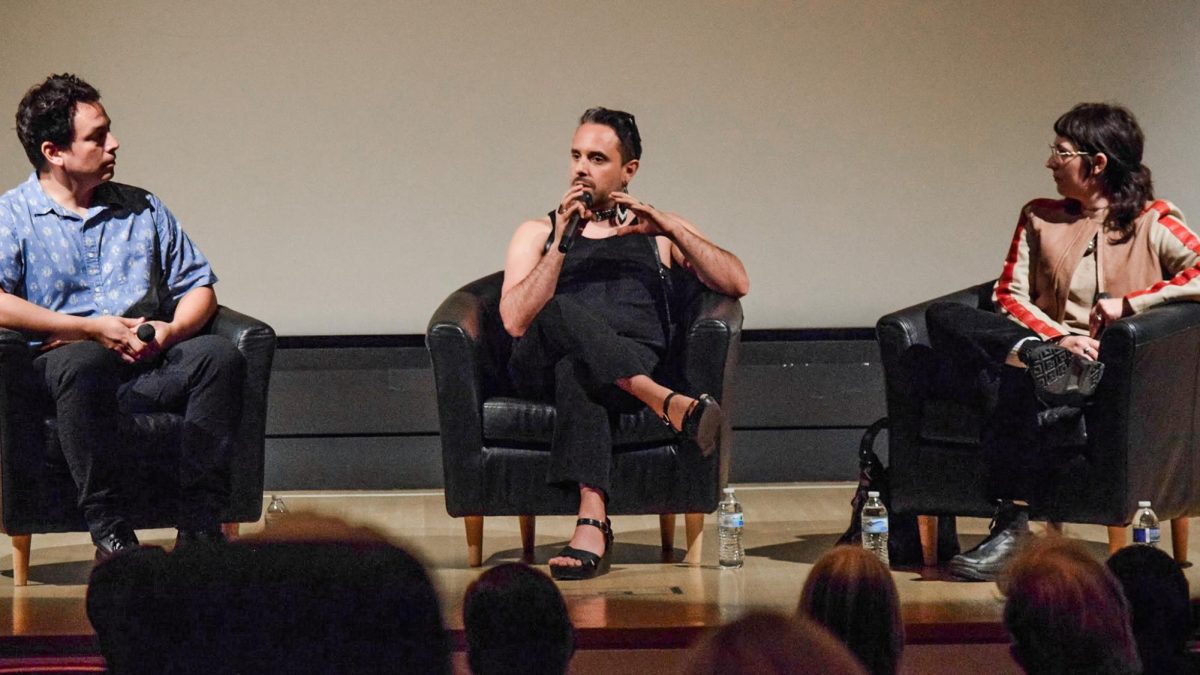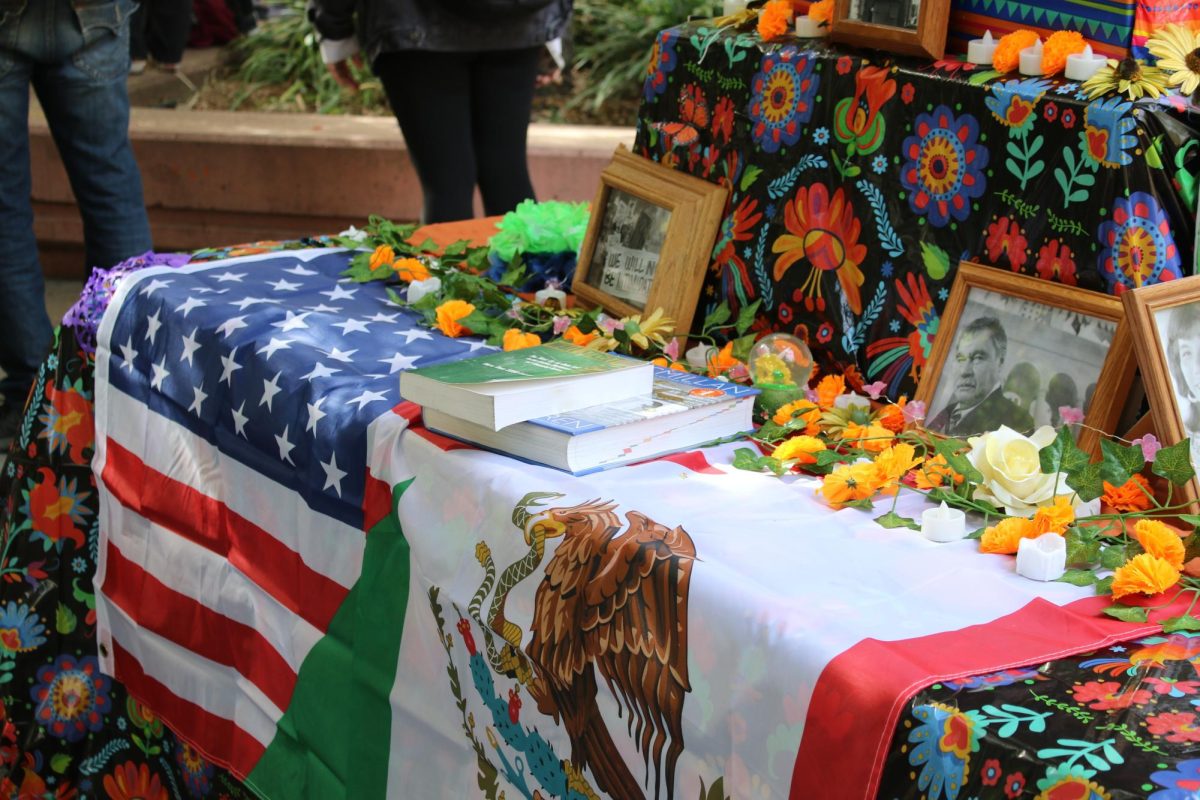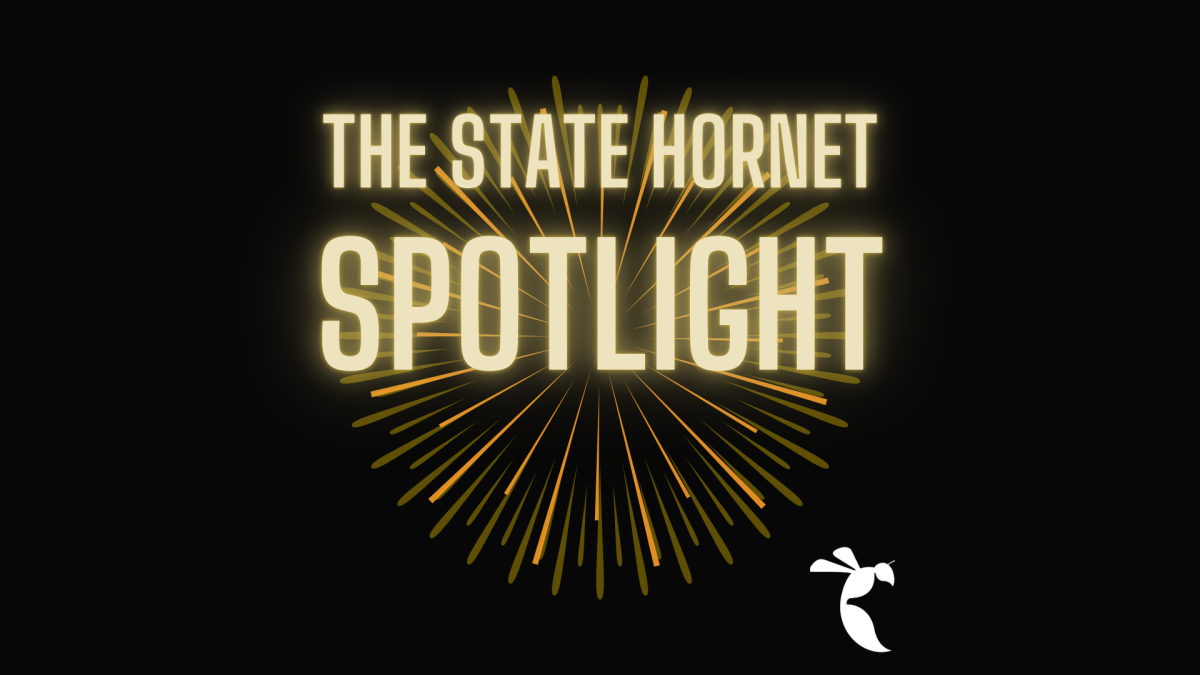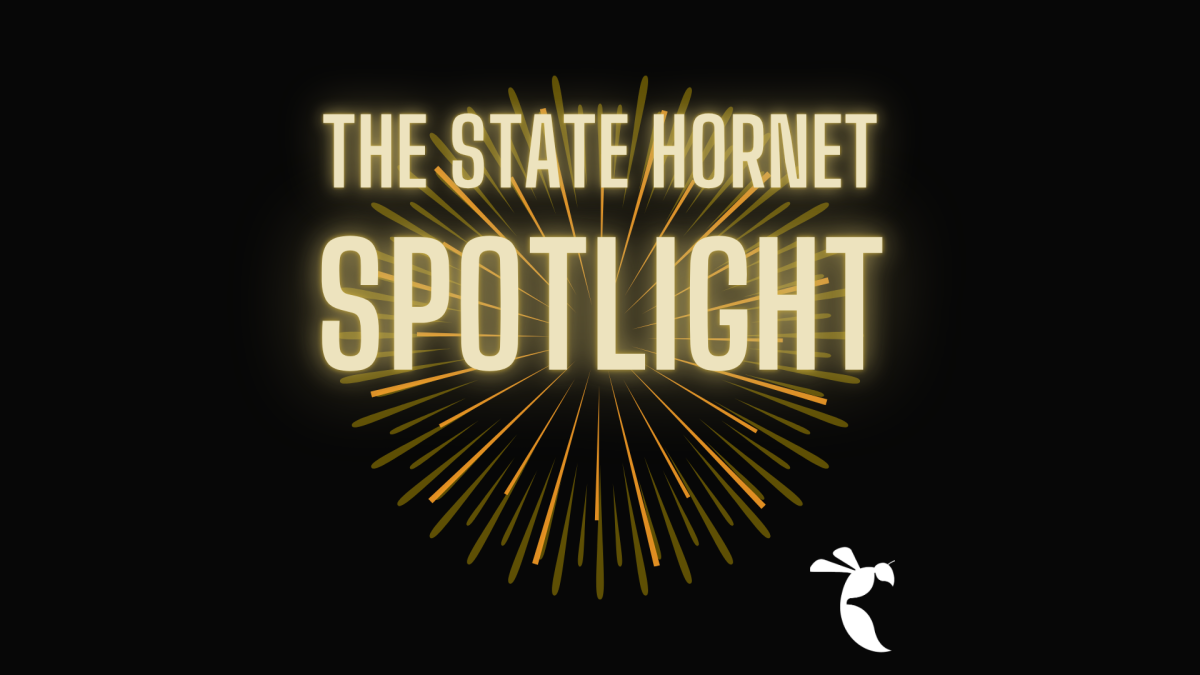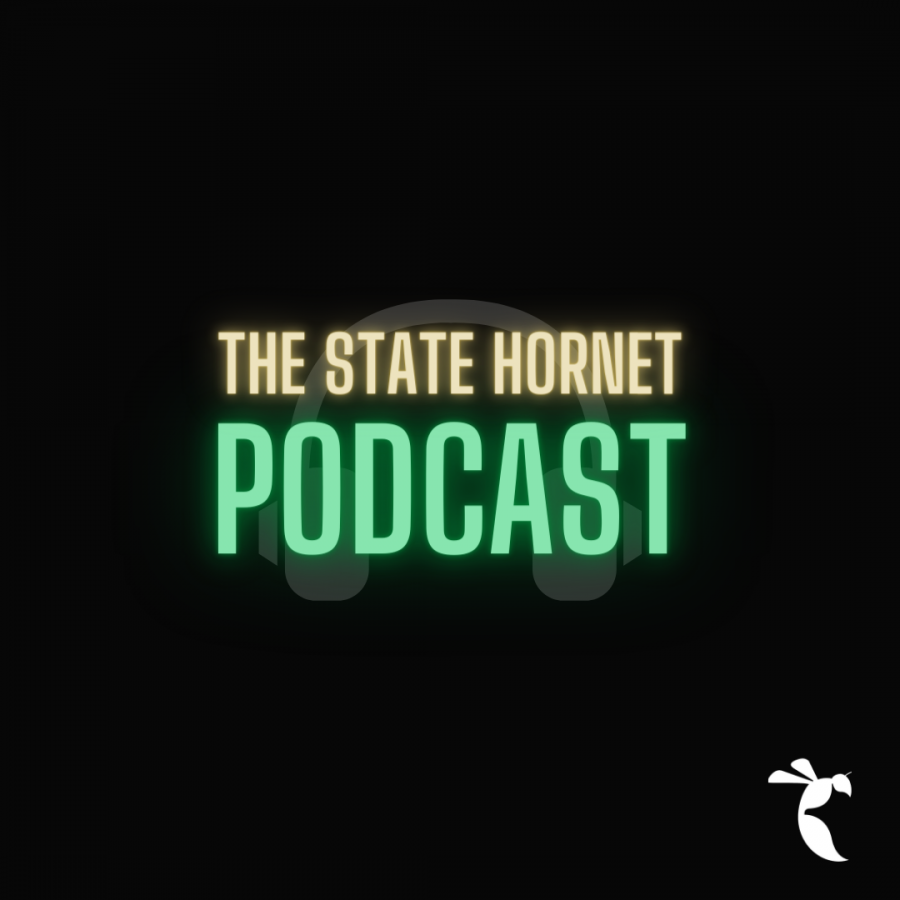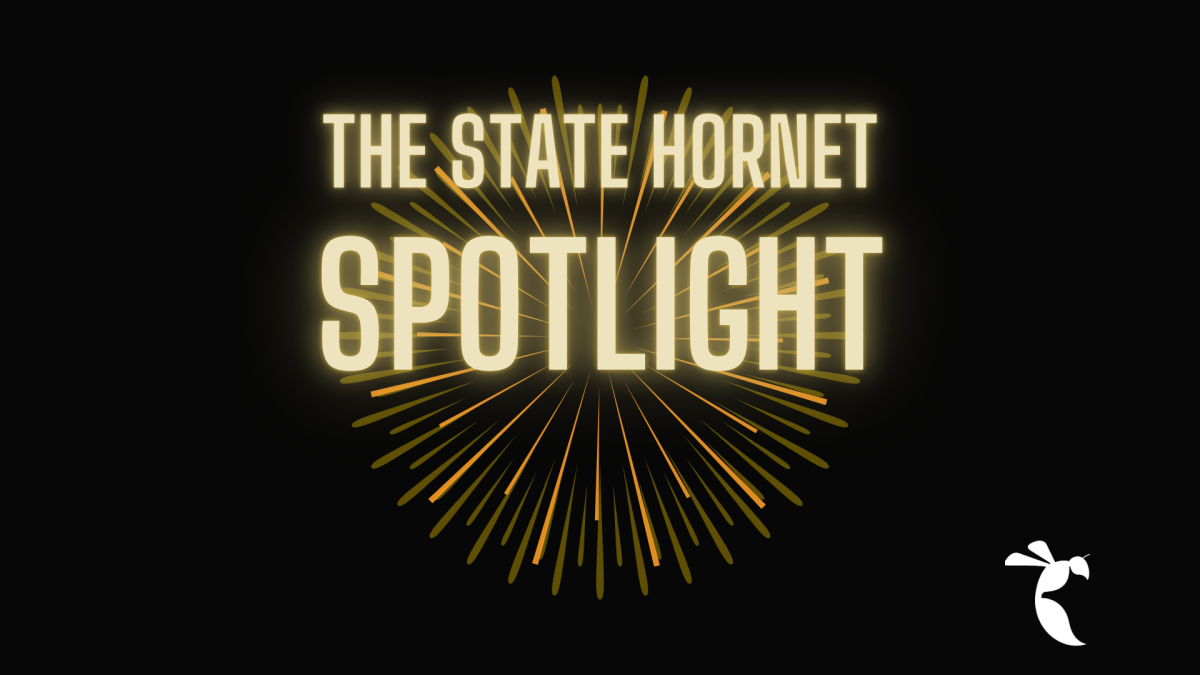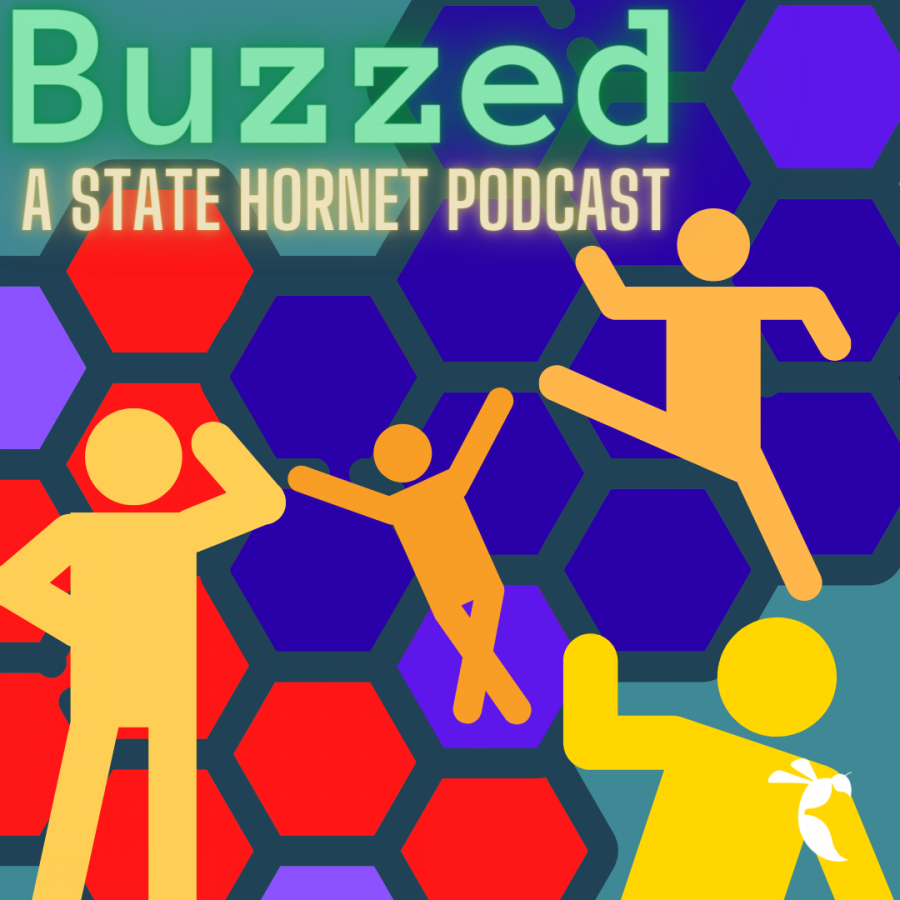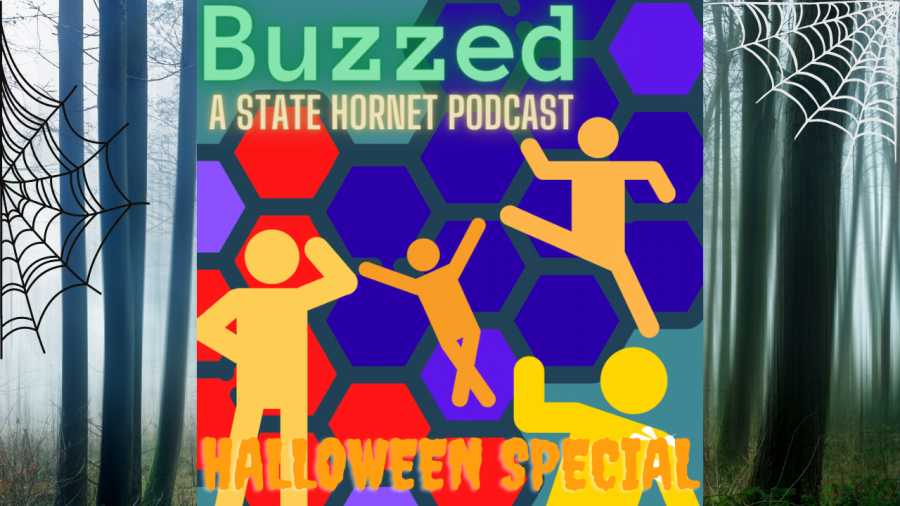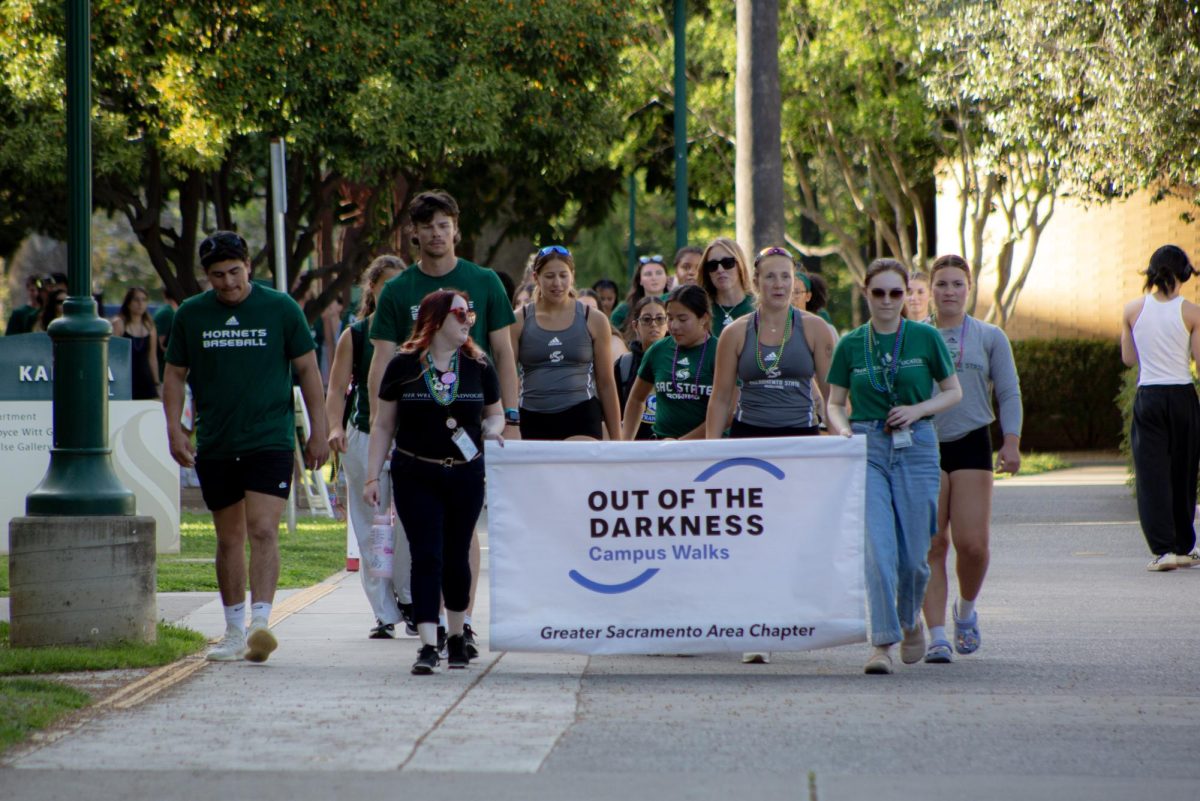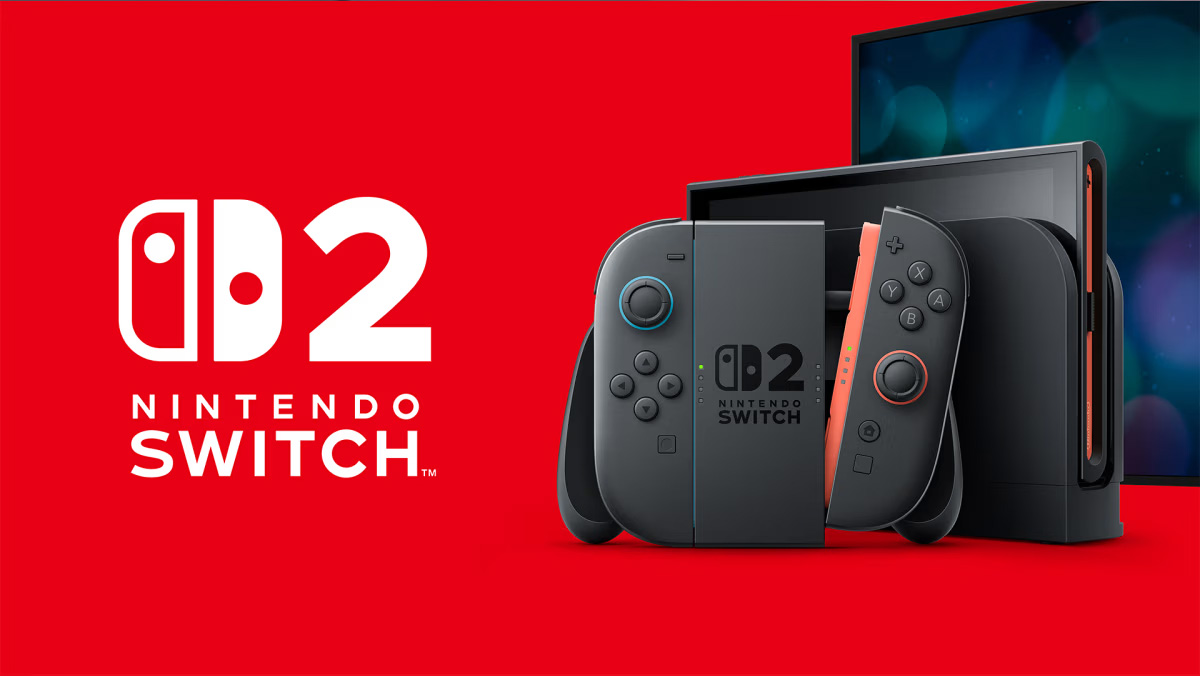It’s been three months since Nintendo announced the Nintendo Switch 2 and only two since the console’s launch.
The Switch 2 seemingly faced much controversy leading up to its launch day. From the steep $450 price tag on the console itself, to the growing prices of certain games and the distribution of physical games, many eyes were on the console to see how it performed.
The Console
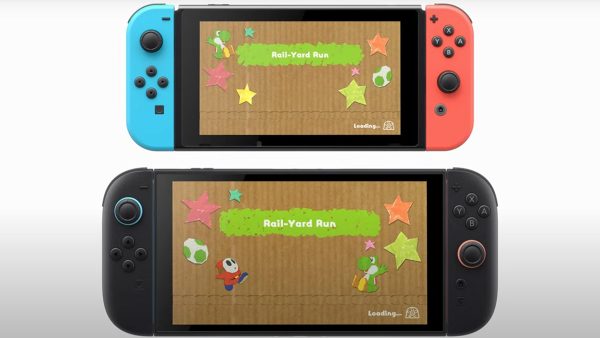
“Big” is the name of the game on the Switch 2, from the Joy-Con–which now snaps with magnets–to the screen, the internal storage and the kickstand. The system itself, due to its large size, feels less fragile than the original Switch. One of the console’s most advertised features was an on-system voice call button. If used, it would allow friends to voice chat while playing games.
When compared to its predecessor, the Switch 2 saw actual hardware upgrades that aim to increase its power. The console saw a boost in RAM from the original Switch’s 4GB to 12GB in dedicated RAM. In contrast, both the CPU and GPU are custom Nvidia Processors, which can handle more than the original custom Tegra Processor.
In handheld mode, the Switch 2 runs at 1080p resolution and is capable of running in 4K HDR while docked into a TV, unlike the original Switch, which runs at 720p in handheld mode and 1080p while docked.
It’s worth noting that Nintendo consoles are significantly underpowered compared to systems from PlayStation and Xbox. While the Switch 2 is considerably more powerful than the original Switch, it still has substantially less capacity than the latest PlayStation 5, released in 2020. When looked at with other consoles in this generation, the Switch 2 operates at a power level comparable to that of a Xbox Series S.
Some may consider pricing a console at $450 outrageous in 2025, especially when the Steam Deck is available at a significantly lower price and performs at the level of a mid-tier gaming desktop.
However, the Switch 2 doesn’t need to run like a powerful gaming PC for it to do what it was made for. The main purpose of the console is to play the latest Nintendo games, whether that be on the big screen, on the go or late at night in bed, with more comfort and a boost in performance compared to the Switch.
For most players, paying the high price all comes down to the quality of the Switch 2’s exclusive games.
Mario Kart World:
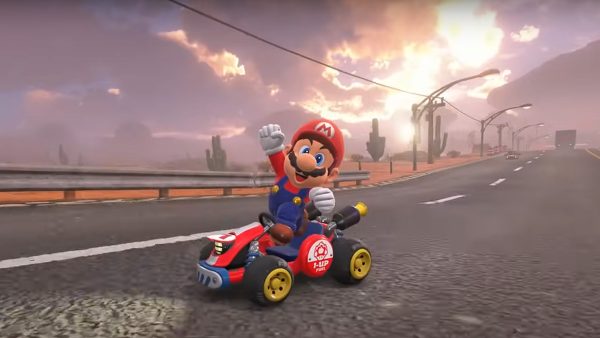
The latest installment in the Mario Kart series has sparked considerable discussion, with the most prominent debate being whether or not the game is worth $80.
From its wide open tracks, increased racer count and an ability to parkour off walls and rails, racing in this game can get brutal. This Mario Kart is much crazier than past iterations, as you can get hit with three red shells in a row and somehow go from 1st to 20th place in a matter of seconds.
Chaos and frantic gameplay are what Mario Kart World is made to be, and that’s not for everyone.
Mario Kart World is unlike any other game in the series, as it comes off as more of a party game than a casual racing game.
Due to the increased randomization of in-game items and the number of tricks a player can pull off, there is a lot more in Mario Kart World that can go wrong in a flash. One unlucky turn can cost the most experienced players their shot at first place.
If you’re okay with a chaotic Mario Kart experience, then the game is worth its price. As a counter to the price situation, there is an option to buy a bundle of the Switch 2 with Mario Kart World included for $500.
Donkey Kong Bananza:

Released just a month after the console’s release, Donkey Kong Bananza delivered Nintendo’s bread and butter: an expertly-crafted 3D platformer.
Donkey Kong Bananza’s level design is unique in comparison to other platforms. Each open-world environment is completely destructible, allowing multiple solutions to every platforming challenge.
Unlike games like Super Mario Odyssey, combat is much more prevalent in Bananza, and the feel of punching enemies out of the way calls for an enjoyable time that never gets too mind-numbing.
Donkey Kong Bananza is a perfect early-console release, especially for first-time buyers of the console. The game makes use of the console’s added power to give players an experience that can only be found on this console. Priced at $70, it is also a cheaper choice than Mario Kart World.
Nintendo Switch 2 Welcome Tour:

Released on launch day, the Nintendo Switch 2 Welcome Tour is a simple app that guides you on a captivating walkthrough of the Switch 2 and its features. It would have been fine as a free app preinstalled on the console, but instead caught players by surprise with its $10 price tag.
The Welcome Tour is less of a game and more of a virtual museum tour, where players can learn everything about the gaming system. The app goes over everything, from basic information like how big the screen is, to highly detailed facts, such as the type of magnets used in the new Joy-Cons.
While a bit of fun, there is nothing in Welcome Tour that can’t be experienced from simply playing the console or by making a curious Google search. Welcome Tour features very little that would make it worth the $10 price.
Upgrade Packs:

Much like Nintendo’s competitors, upgrade packs are available for select Switch games at a price. The most notable update with the new console allows games to run at 60 frames-per-second, resulting in improved visuals and gameplay.
The Legend of Zelda: Breath of the Wild and Tears of the Kingdom: The Switch 2 versions of both games, released in 2017 and 2023 respectively, received upgrade packs for $10 on their launch days. The only other additional content is provided through Nintendo’s own “Nintendo Online App,” which offers special audio clips and a map of the game world on the player’s phone.
Mario Party Jamboree + Jamboree TV: Originally released in 2024, the upgrade pack, released at the end of July, is not worth the $19 price tag for Jamboree. It only gives players access to the new Jamboree TV Mode, a collection of minigames that require the use of a USB camera or the Joy-Con 2’s new mouse function.
Each new Jamboree TV game ranges from somewhat fun to clunky.
This awkwardness mainly comes from the new minigames that require the use of a USB camera, requiring players to be fully within the camera’s view so the game can read their body movements. If there is simply not enough room for the maximum of four people, the game will act as if nobody is there. This makes it hard to perform fast motions, such as jumping or swinging your arms, without crashing into another person.
Additionally, Jamboree is seemingly the only game with an upgrade pack that does not enhance the base game’s performance, making the price even more baffling.
Kirby and The Forgotten Land + Star-Crossed World: Originally released in 2022, this upgrade pack from last month is the most recent release, and it is by far the most comprehensive of them all. For $19, not only is the performance of the base game improved, but players also get a whole new story mode called “Star-Crossed World” that follows the same fun yet straightforward experience of the original game.
The core problem with the upgrade packs is that you don’t really need them. The Switch 2 is fully backward compatible with the entire original Switch library of games, and many of Nintendo’s own games were updated for free to run much better on the Switch 2.
Even games like Breath of the Wild and Tears of the Kingdom, when played on the Switch 2 version, are locked at the base 30 frames-per-second. All original games are still very much playable, and most casual gamers might not even notice a difference.
Games like Kirby and the Forgotten Land and Mario Party Jamboree already looked and ran beautifully, with little to no hiccups on the original Switch. Such a costly upgrade for what are essentially downloadable content modes is a steep ask, especially in the case of Mario Party Jamboree, as the mode is not particularly enjoyable and the base game lacks any upgrades.
Key Third-Party Games:
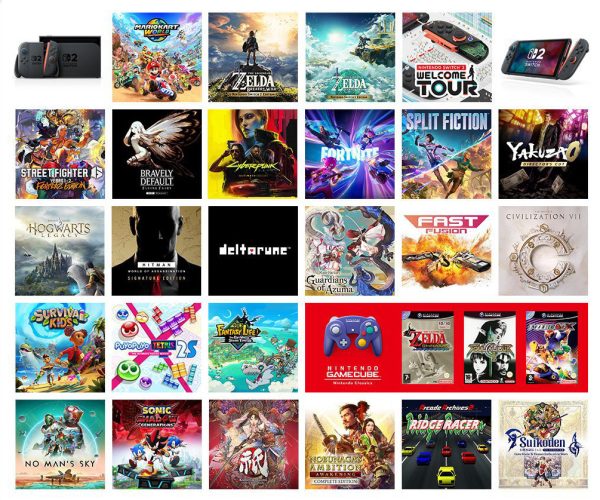
While Nintendo’s in-house games are always the main selling point of their consoles, there are a few third-party games worth double-dipping or experiencing for the first time on the Switch 2.
Cyberpunk 2077: Originally released in 2020, Cyberpunk 2077 is a complicated game. Cyberpunk is a complex, open-world RPG that both plays and runs fine on the Switch 2. Despite this, some of the more populated areas of the game still feature some slowdown.
Rune Factory: Guardians of Azuma: The newest in the Rune Factory series, this game is an enjoyable farming sim/action RPG hybrid. This version of the game is on par with other console versions.
Yakuza 0 Director’s Cut: This enhanced port of the 2015 prequel to the long-running action game series comes with a few new additions. Featuring new scenes not included in the original release, along with a fully-dubbed English version for the first time. The game also runs smoothly on the console.
Fortnite: The popular Battle Royale game was also released on the system at launch. Compared to the original Switch version of the game, the Switch 2 release was a much-needed update. The game now runs at the same level as seen on other consoles.
Even third-party games faced major controversy when it was revealed that many titles released by other companies would be available on “Game-Key Cards” physically. This means that, while you can buy a cartridge, it would only serve as a license to download the game digitally onto the console. This takes up both storage space and requires the cartridge to be in the console to play the game.
Conclusion:
The Switch 2 is best described as an upgrade in necessity, rather than an improvement. Everything the console aims to do is generally better than the original Switch, but three months into its life, it has yet to have anything worthwhile that makes it a must-have for gamers.
Half of the Switch 2’s Nintendo library are original Switch games with paid, bare-minimum updates that run almost perfectly on the old console.
While Mario Kart World and Donkey Kong Bananza are fun in their own right, there are equivalent experiences that are just as fun and well-made on the original Switch. Similarly, most third-party games available on the system are compatible with consoles as old as the PlayStation 4, released in 2013.
Generally, when a console launches with a base price of $450, players expect that the console will have enticing, exclusive games that justify the price point. In an era when gaming is becoming increasingly expensive, having a launch lineup primarily consisting of re-releases and few truly exceptional games is insufficient to justify the price.
Currently, players would have to pay a high price to play games that can already be played on an original Switch. While the only two actual exceptions are fun, both have equivalent experiences on the original Switch. Many casual gamers might not find the games interesting enough to spend such a large amount of money.
While the Switch 2 is an upgrade, there is not much on the console that makes it worthwhile if you already have an original Switch.


